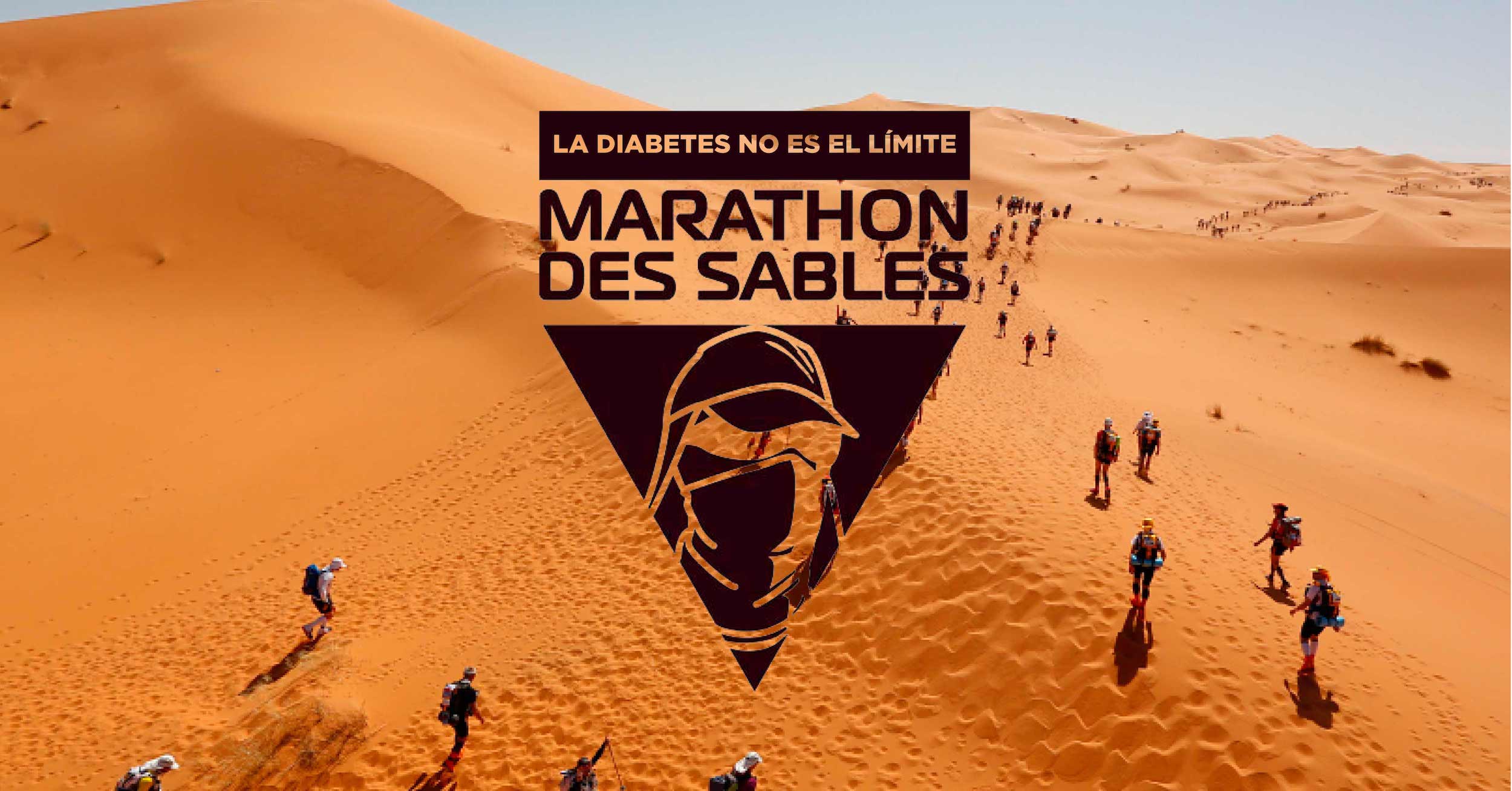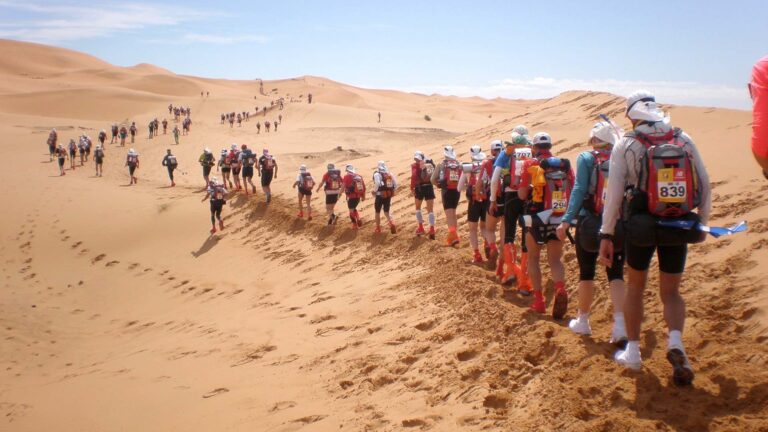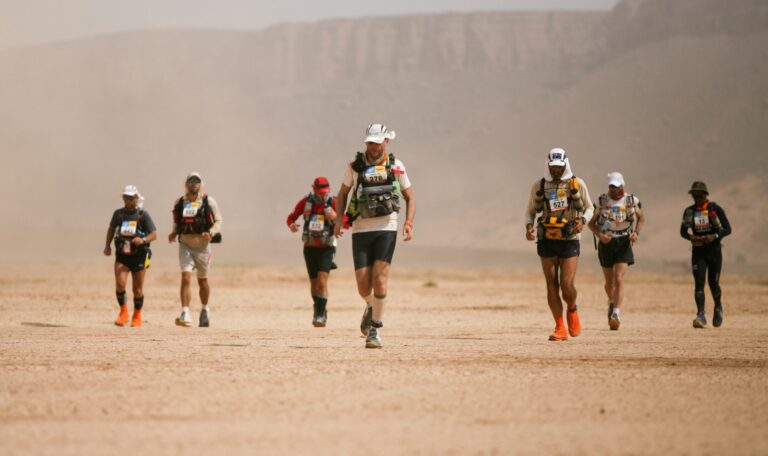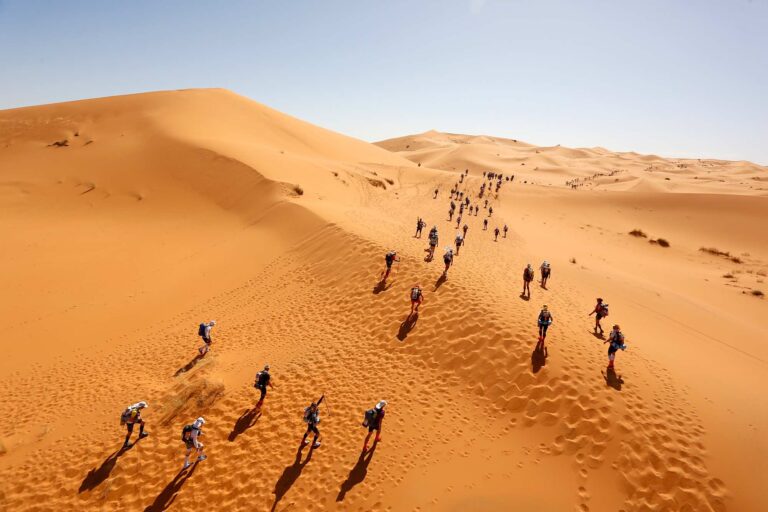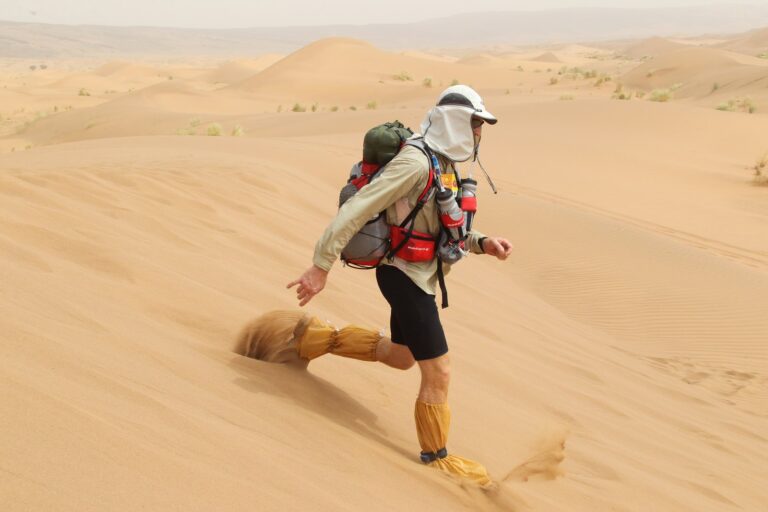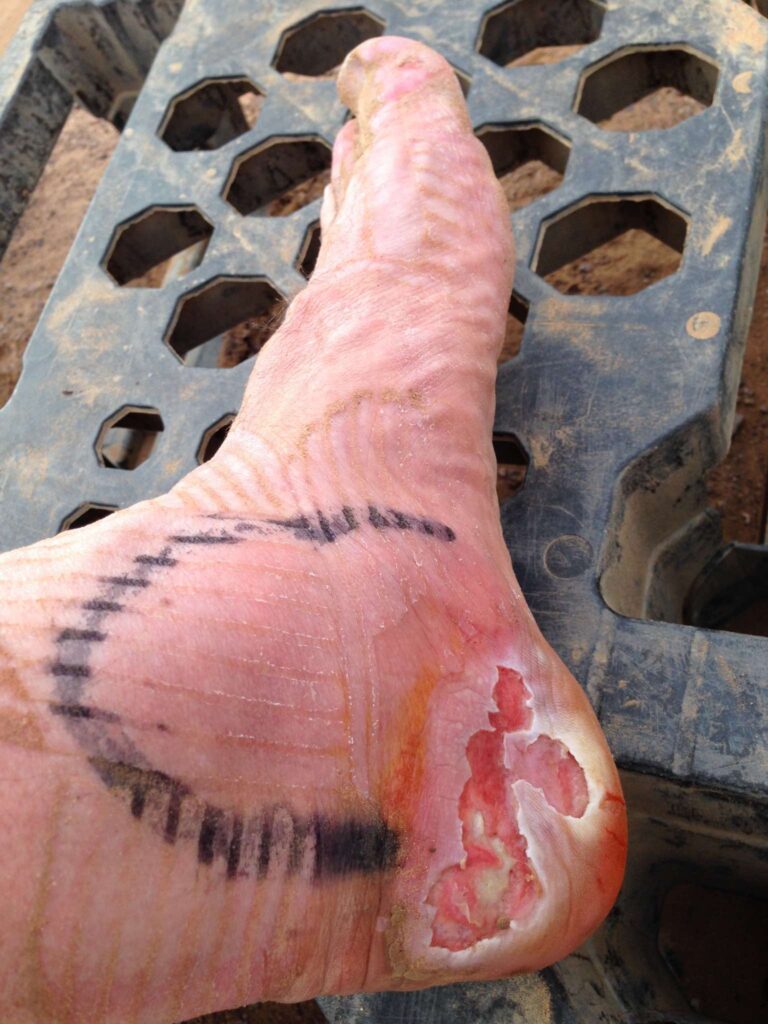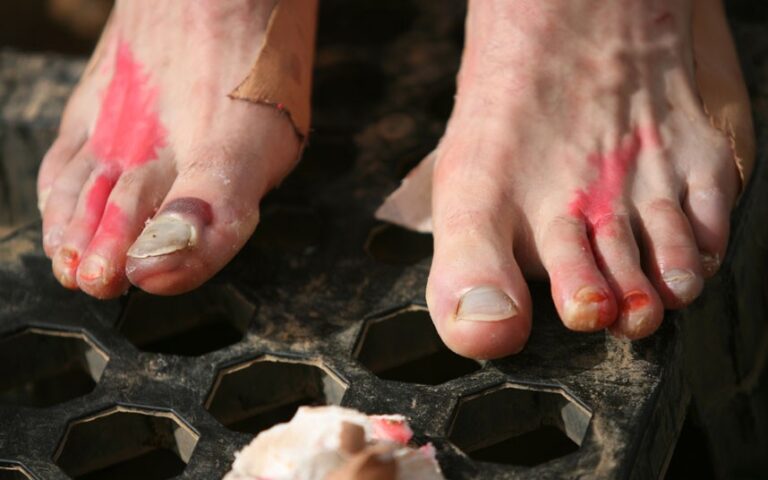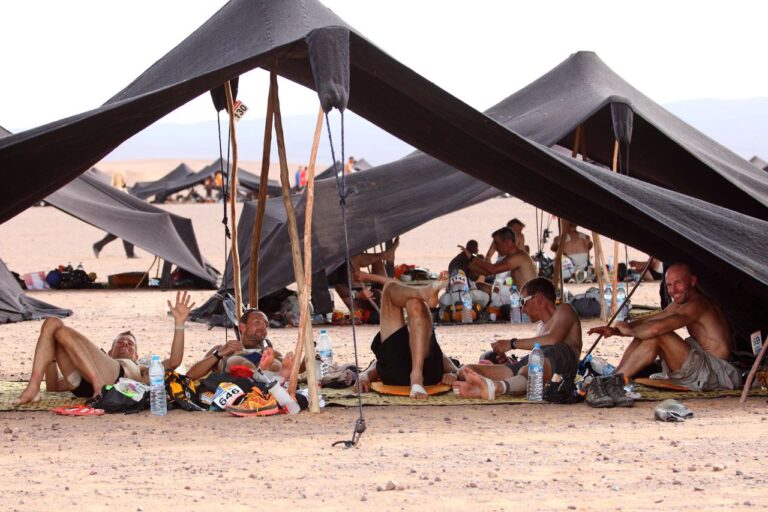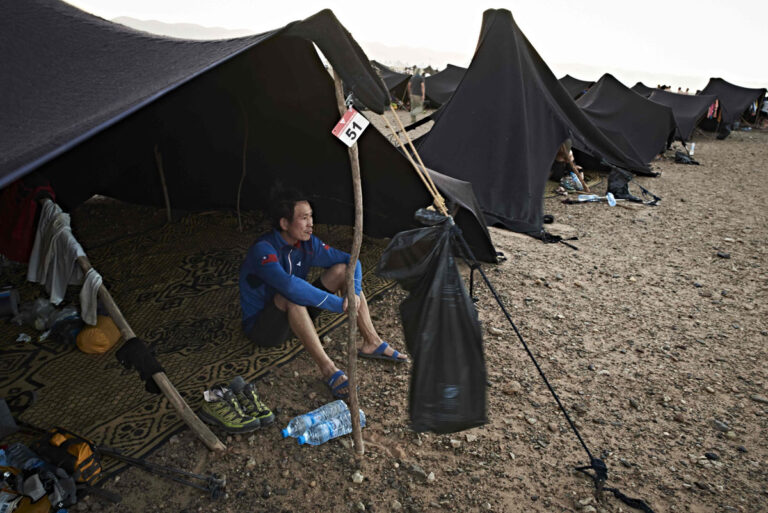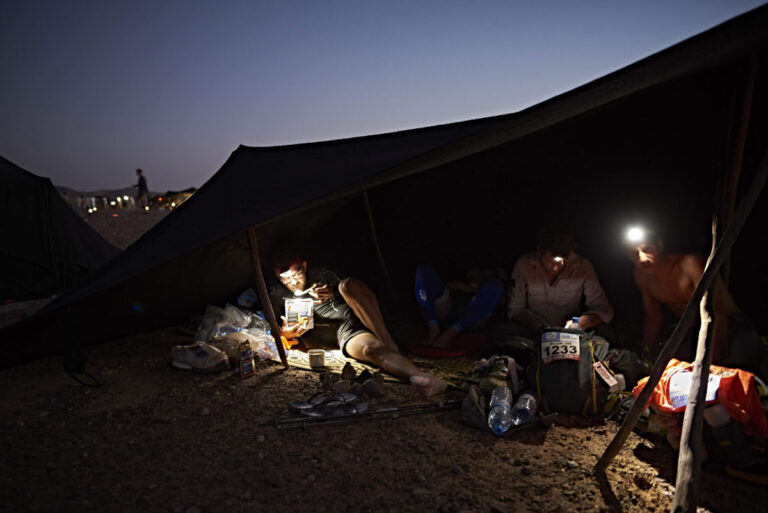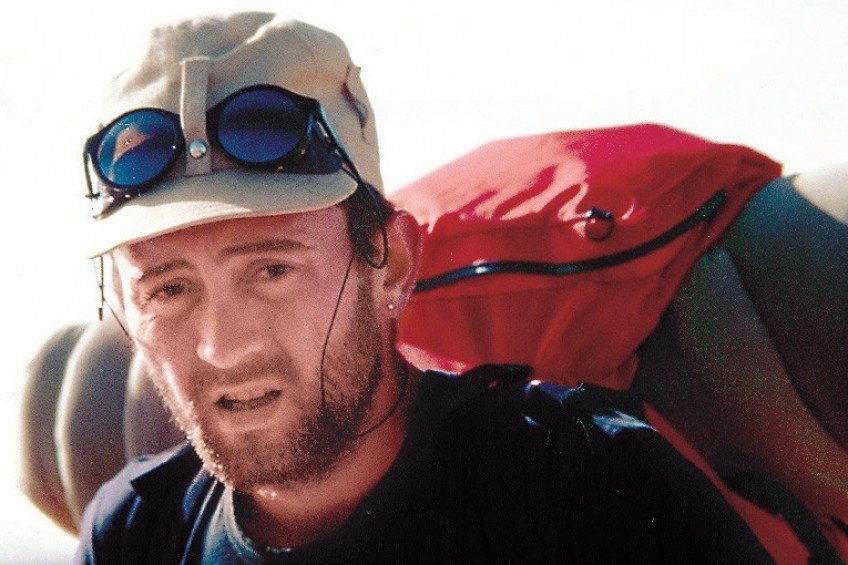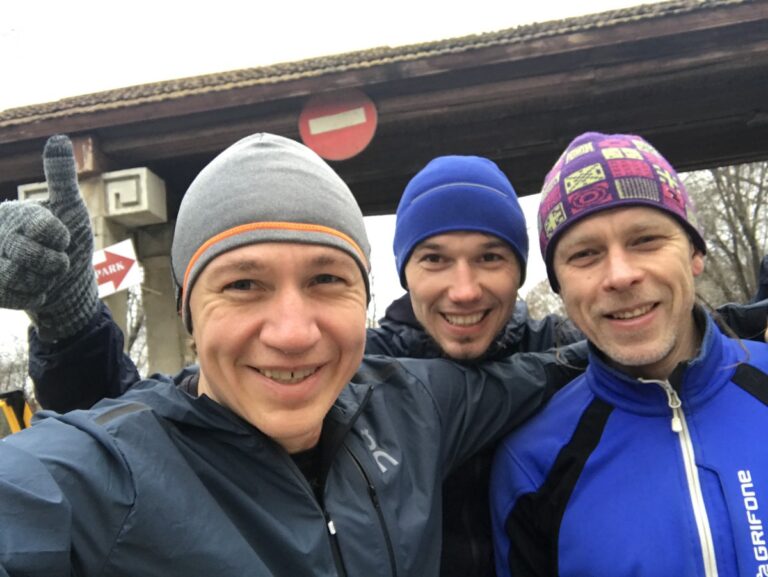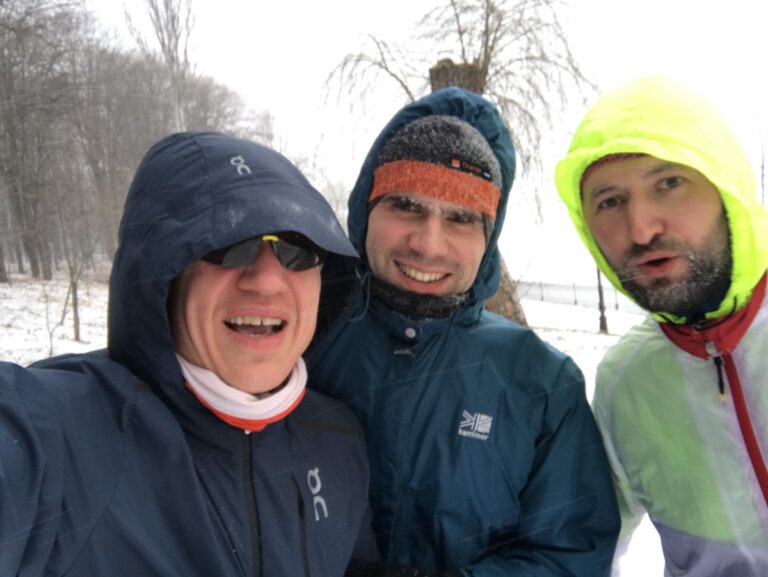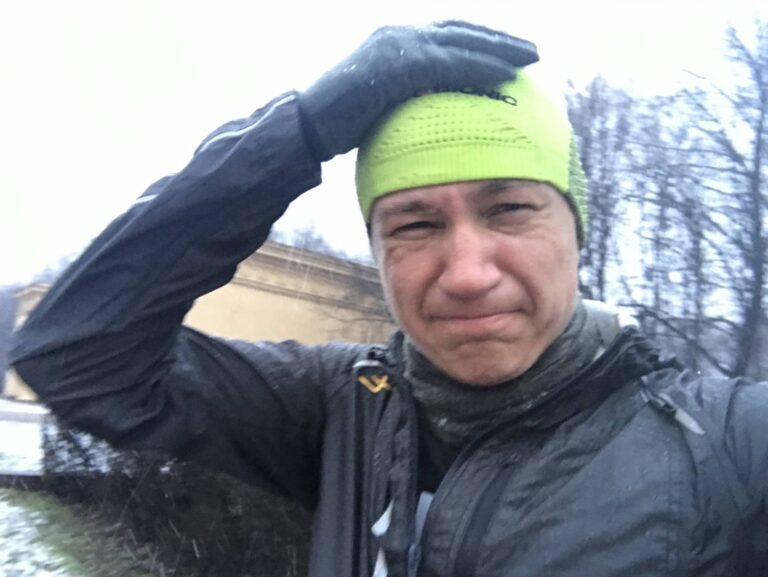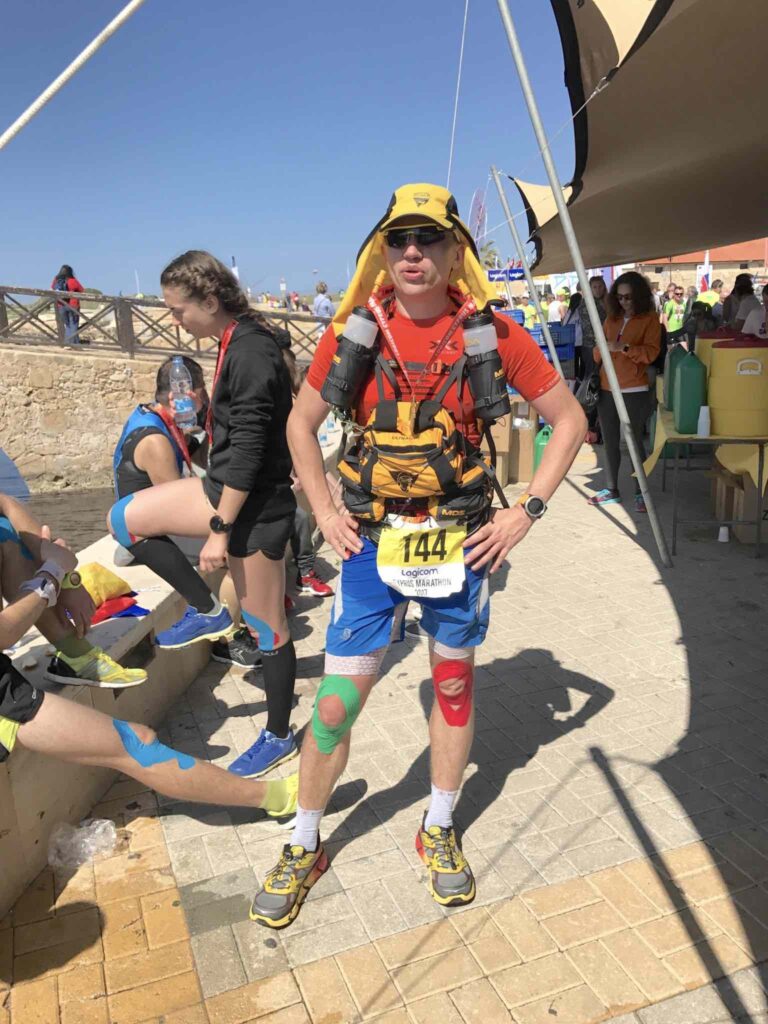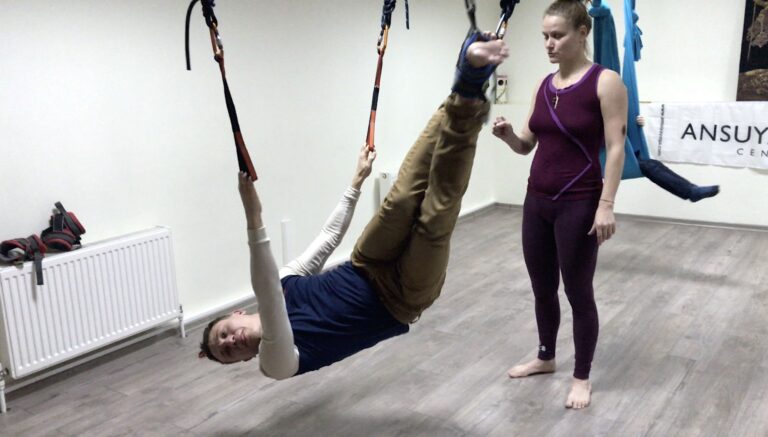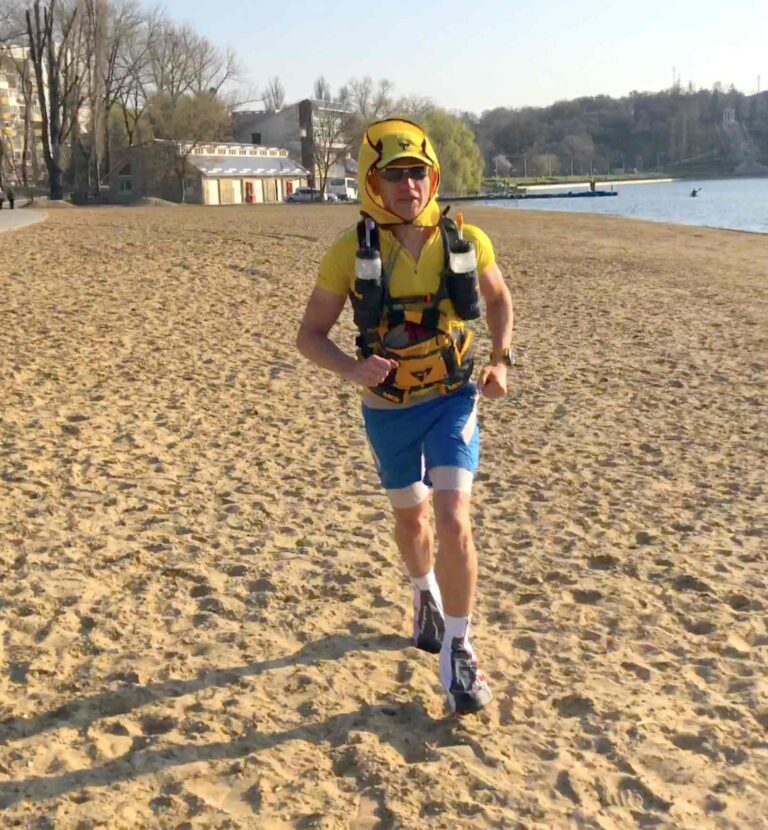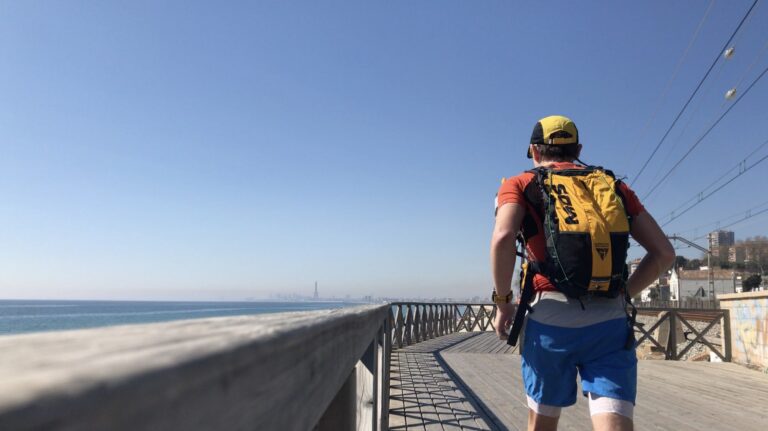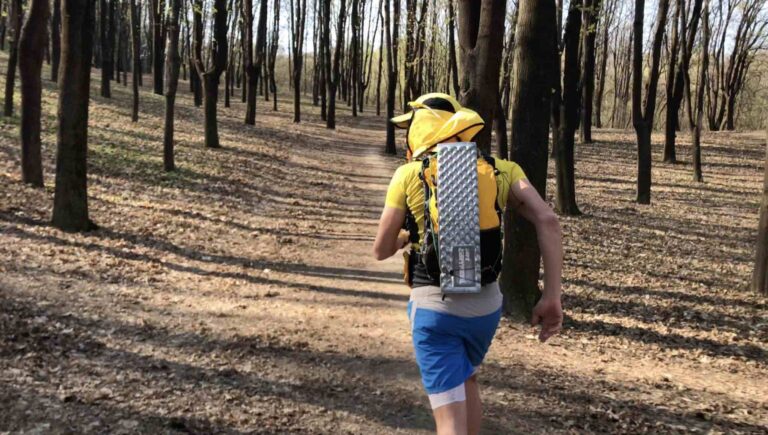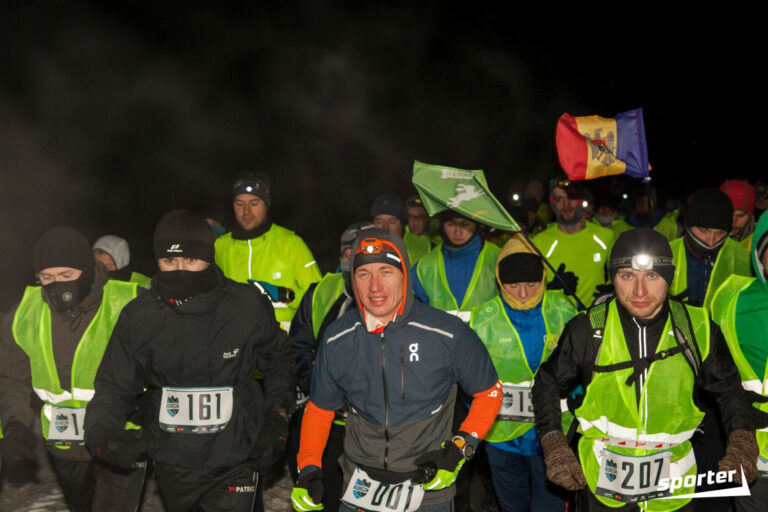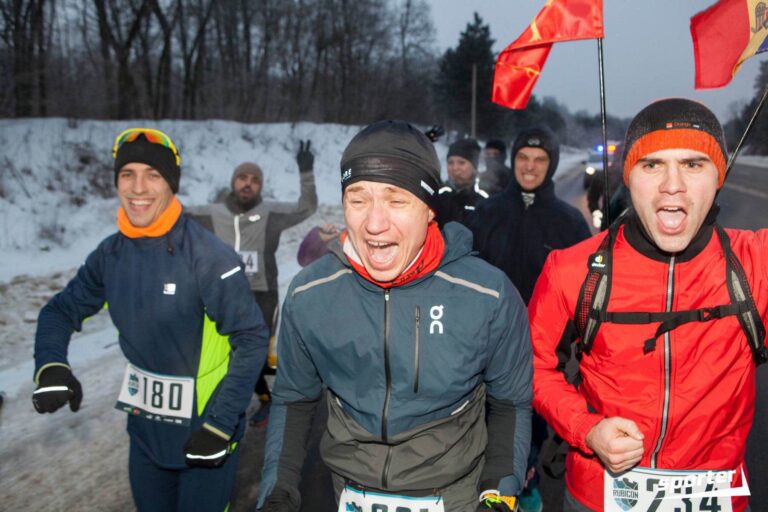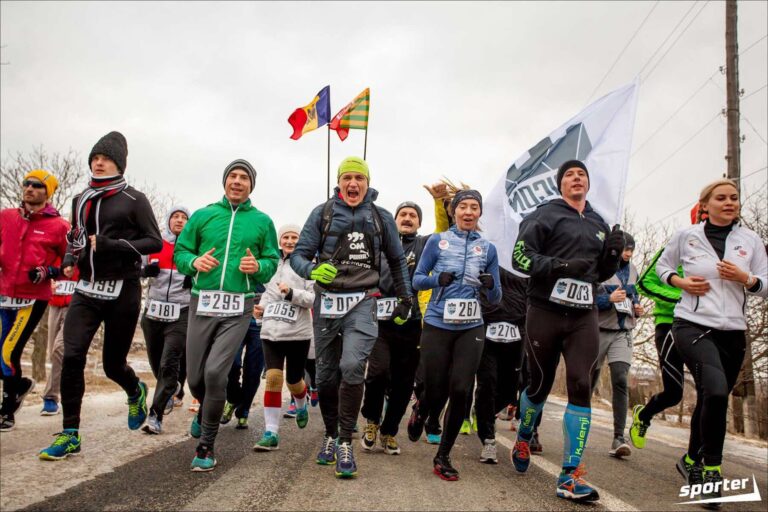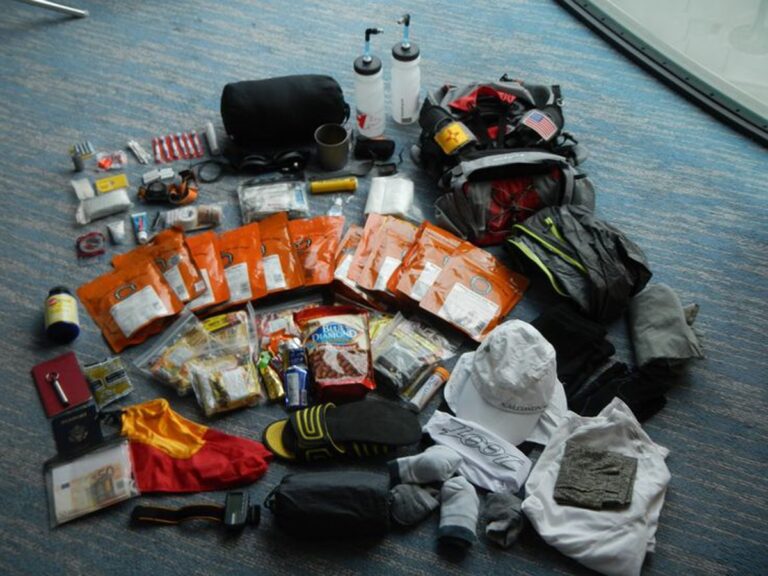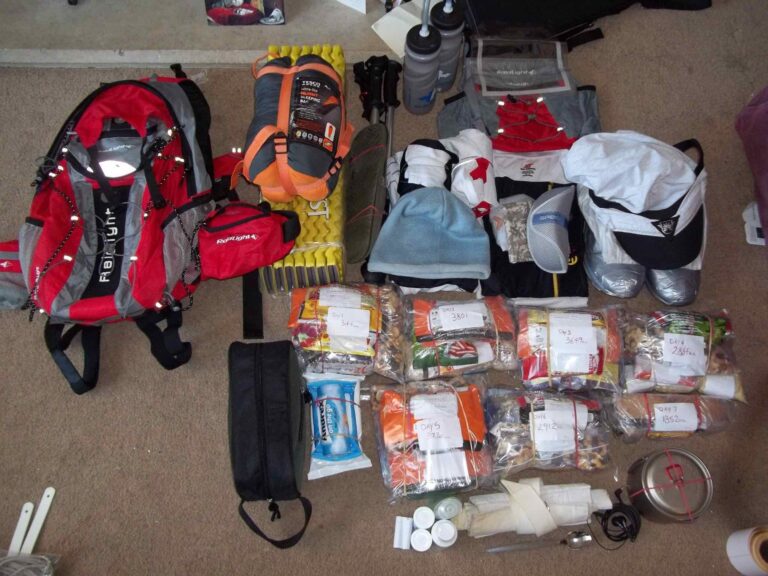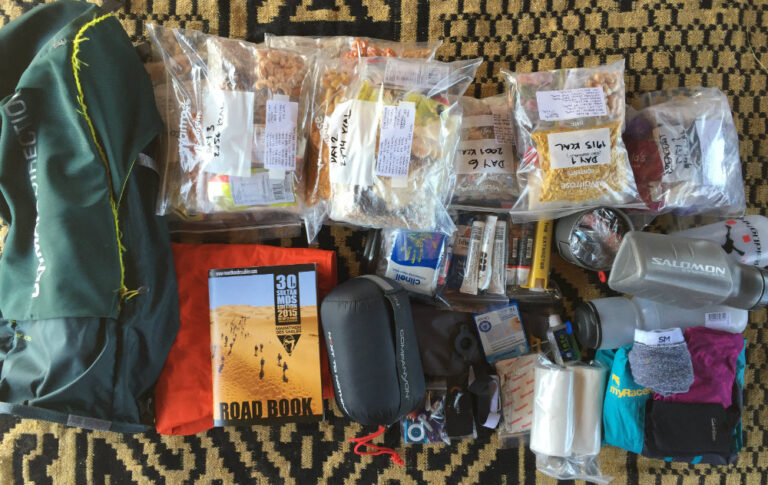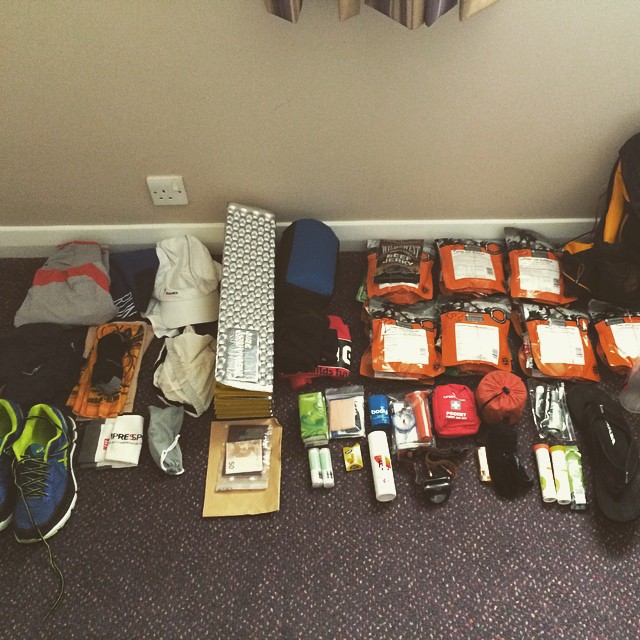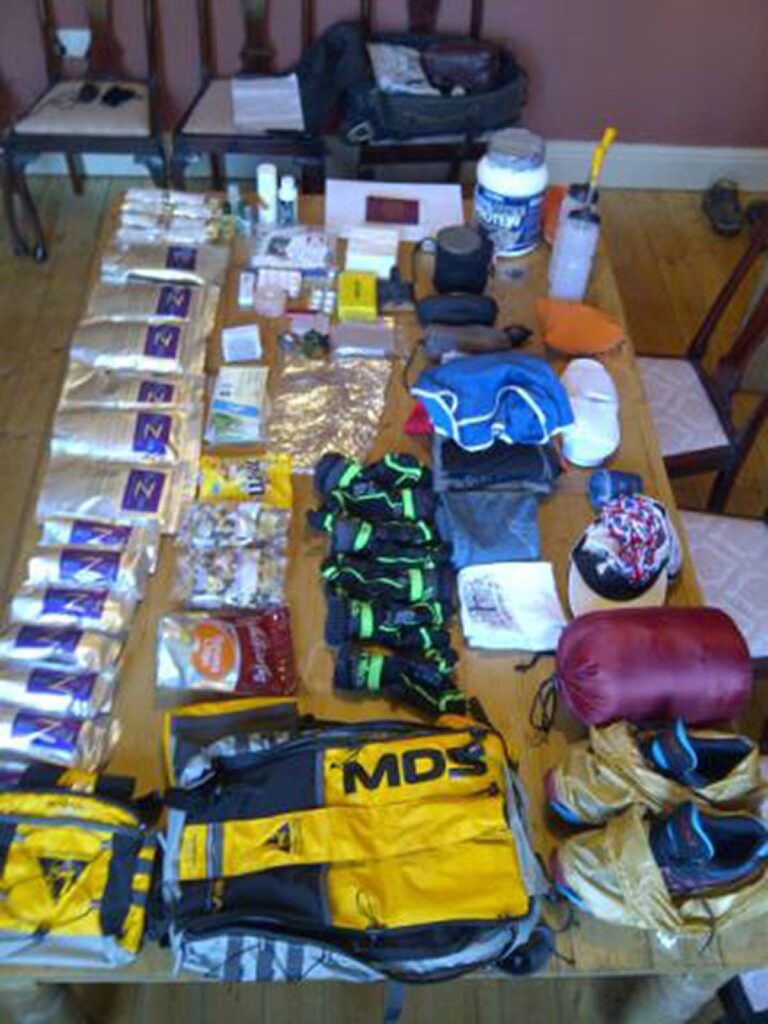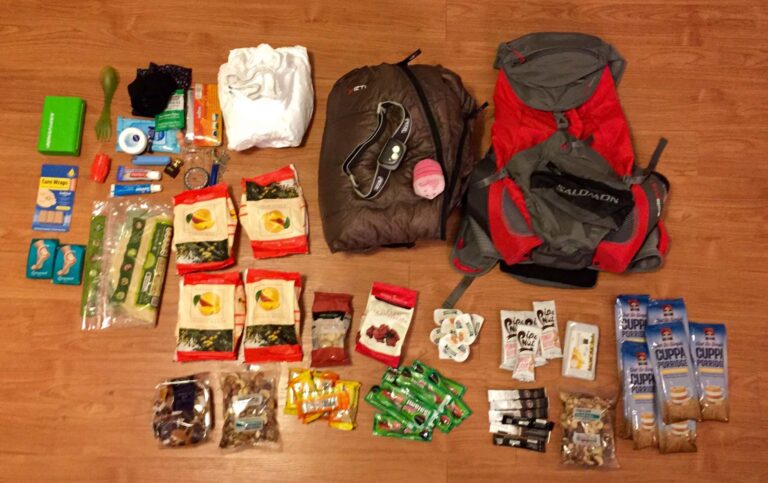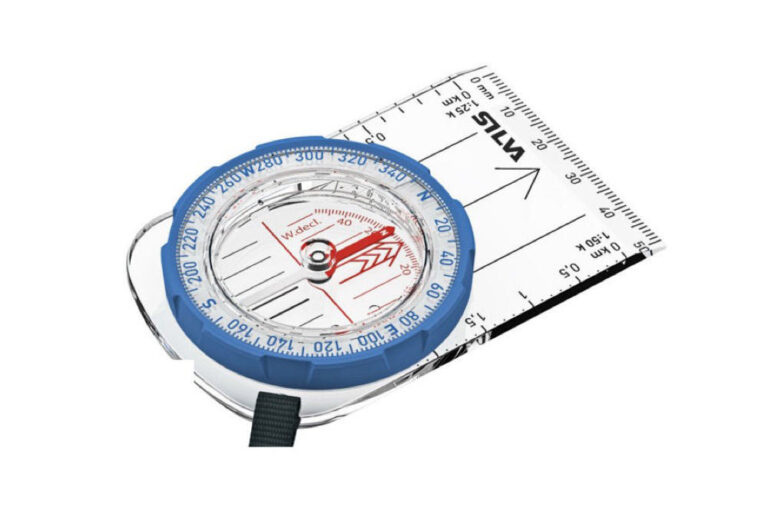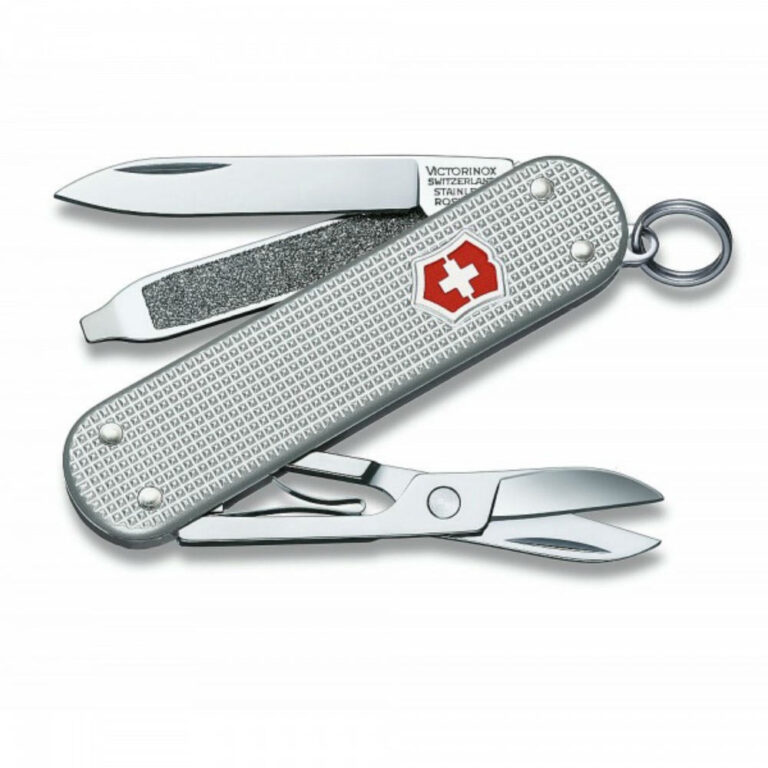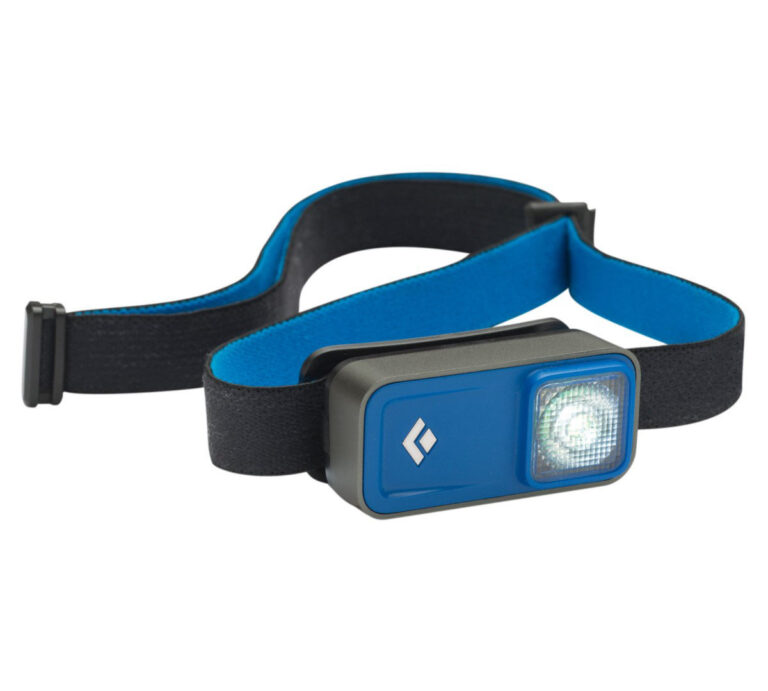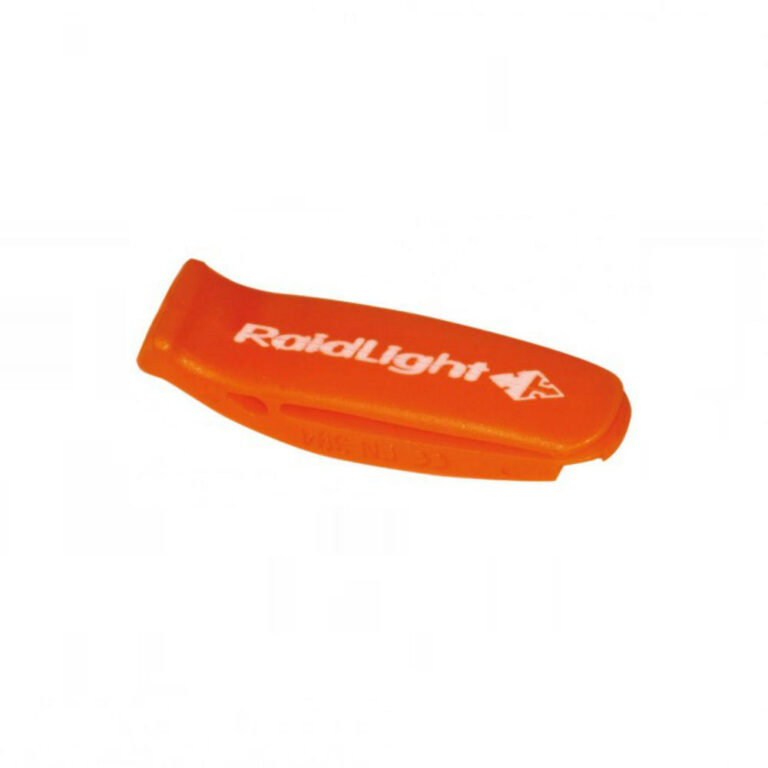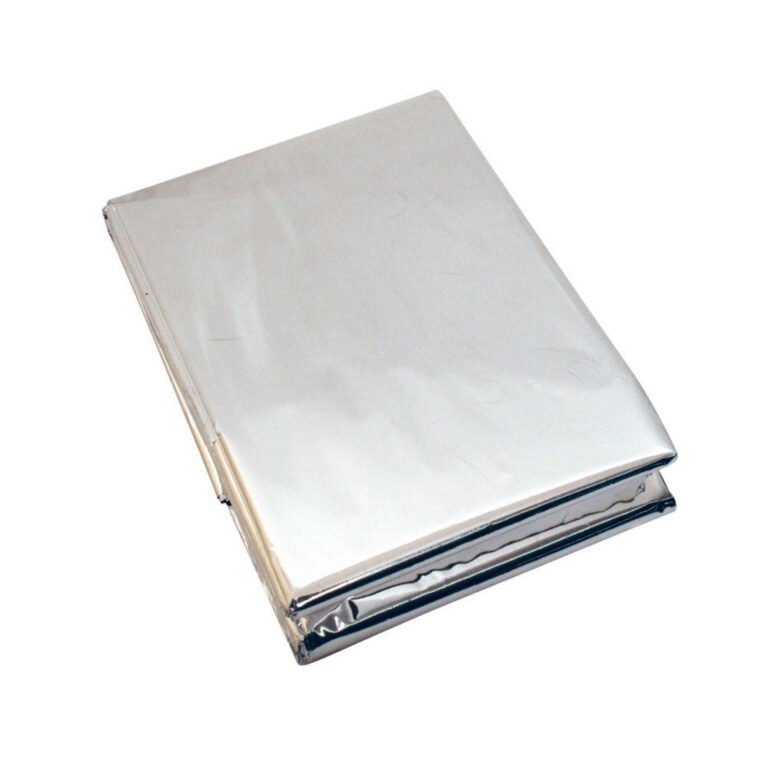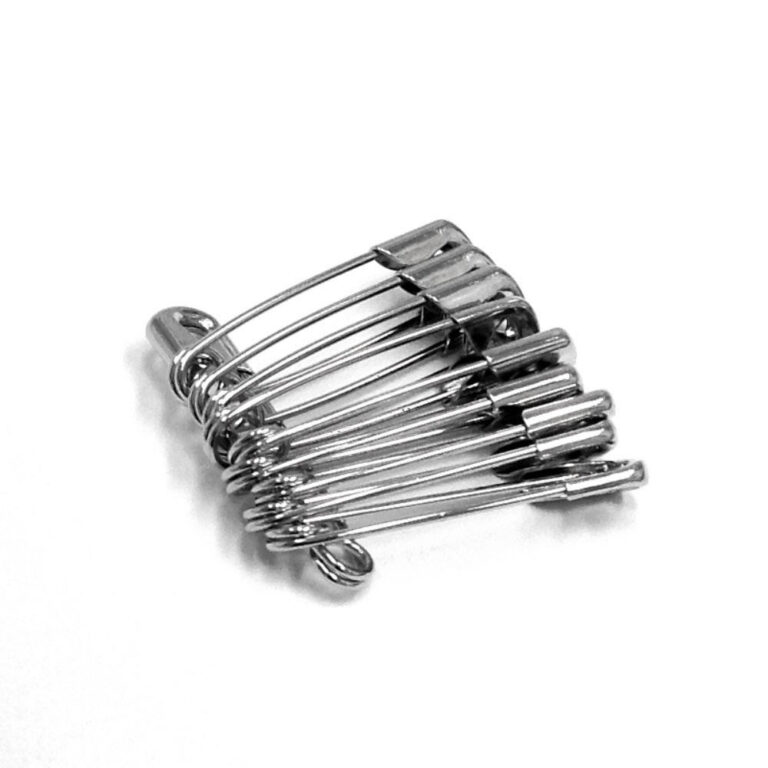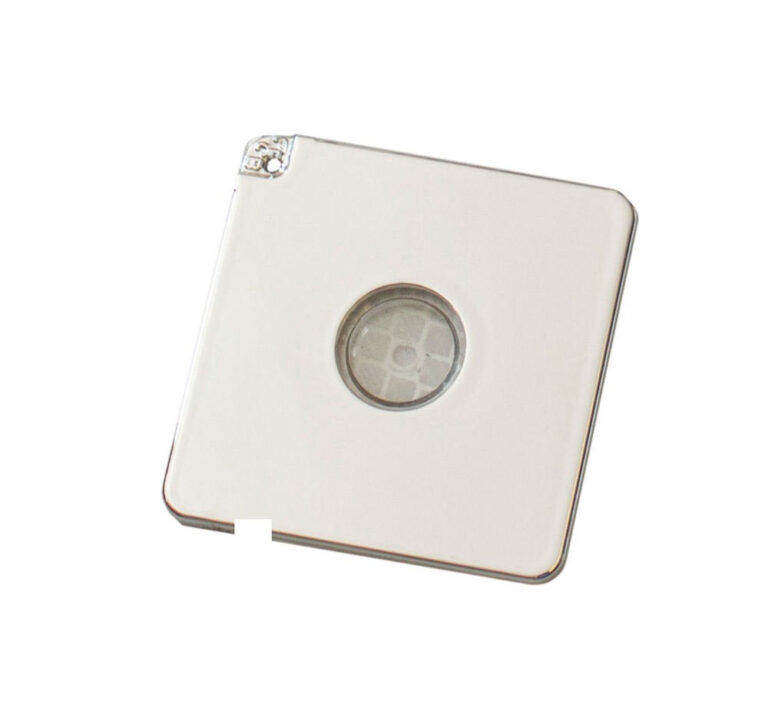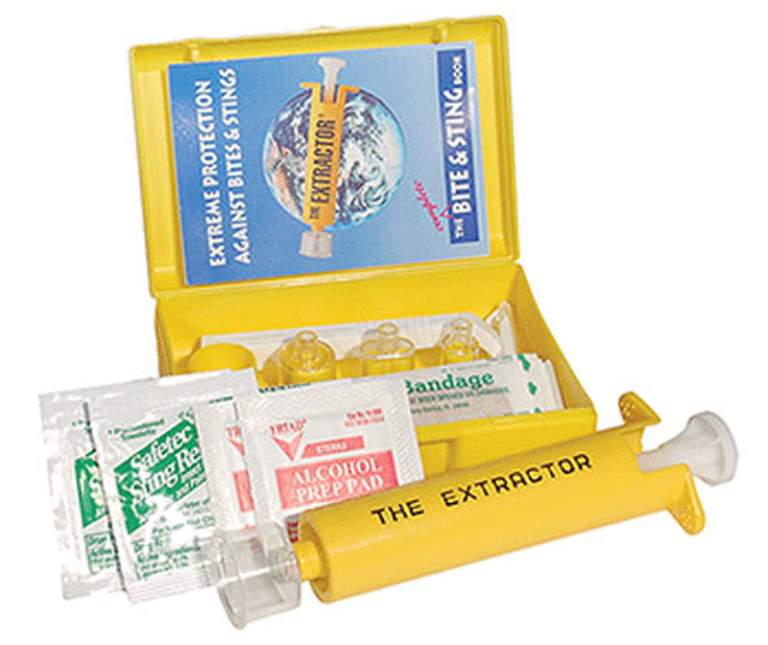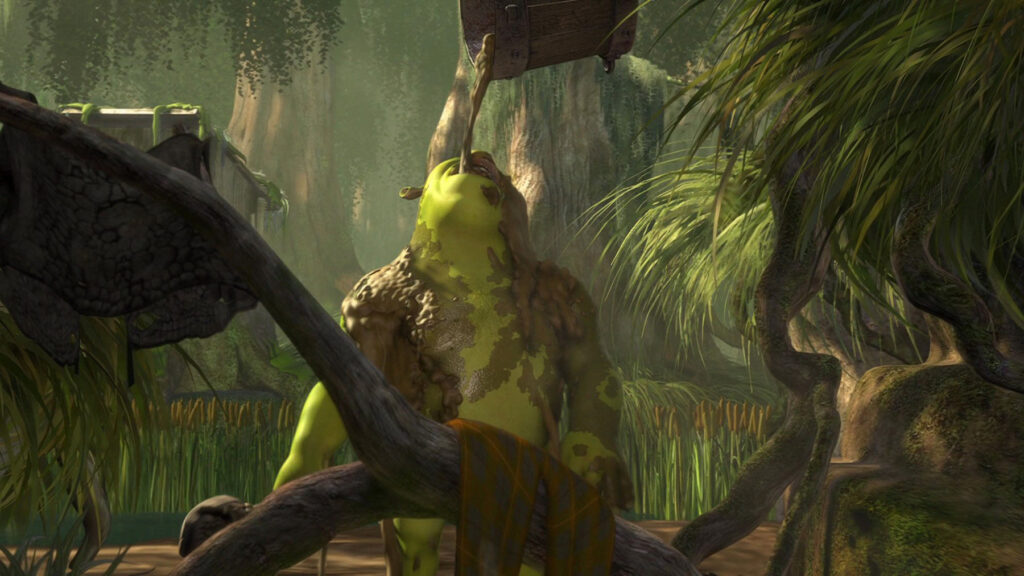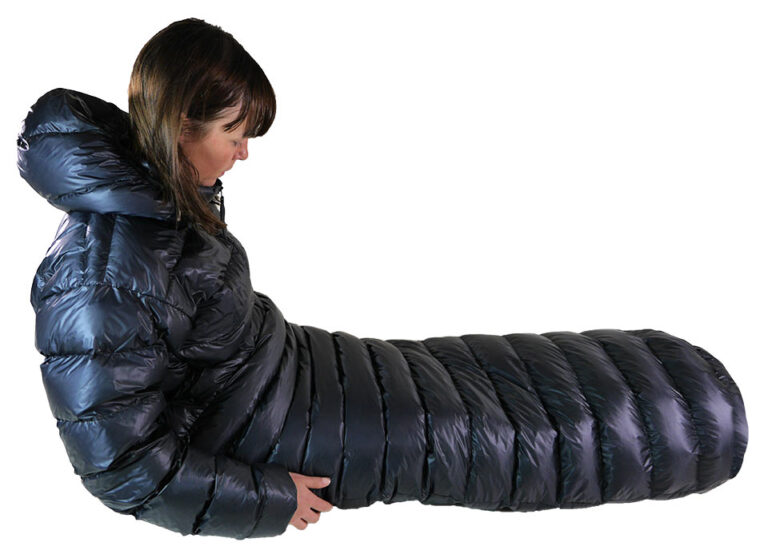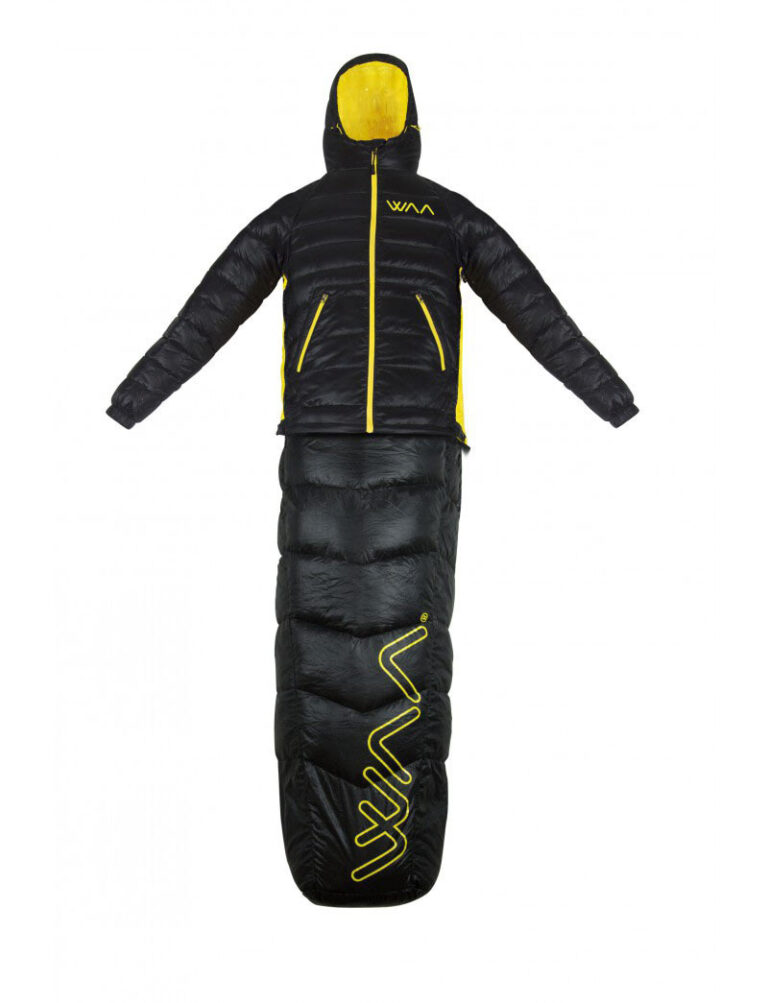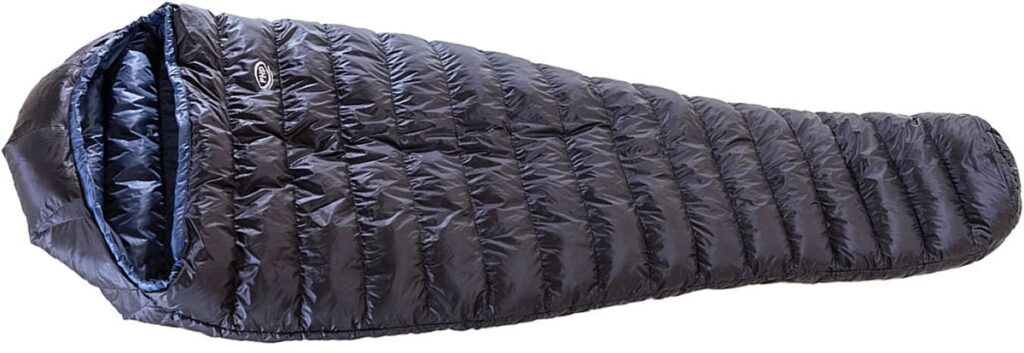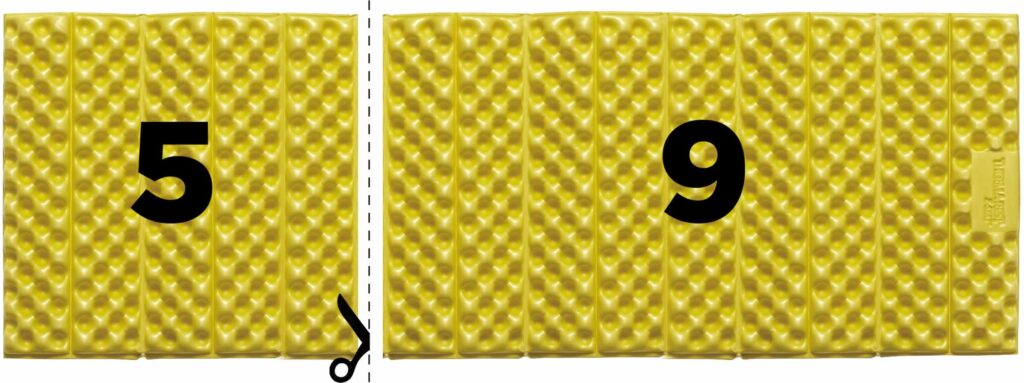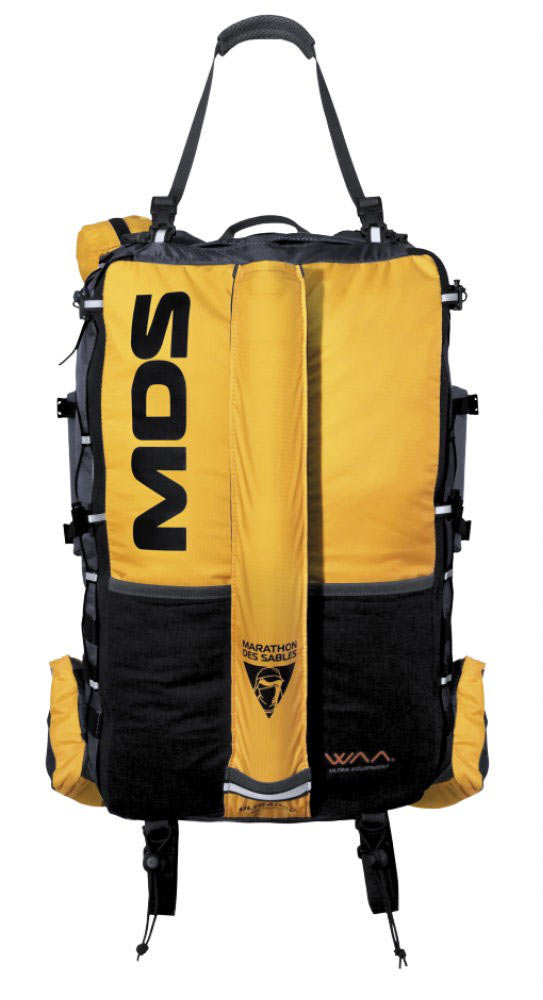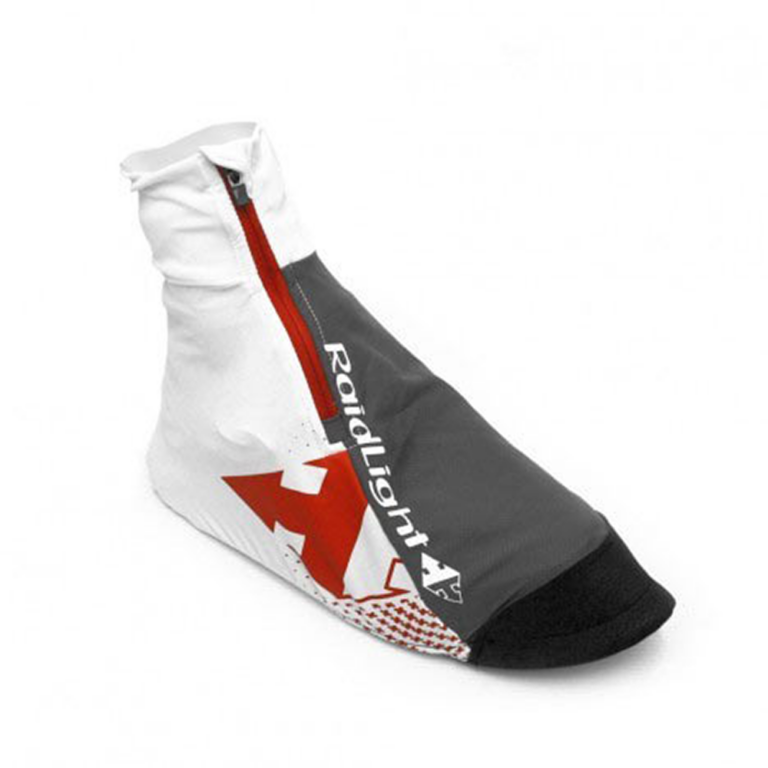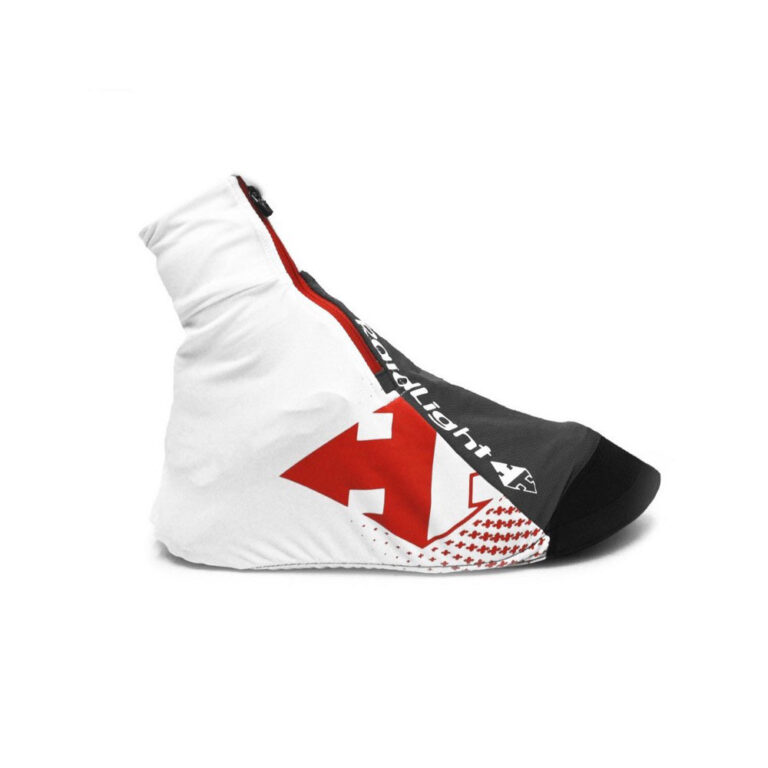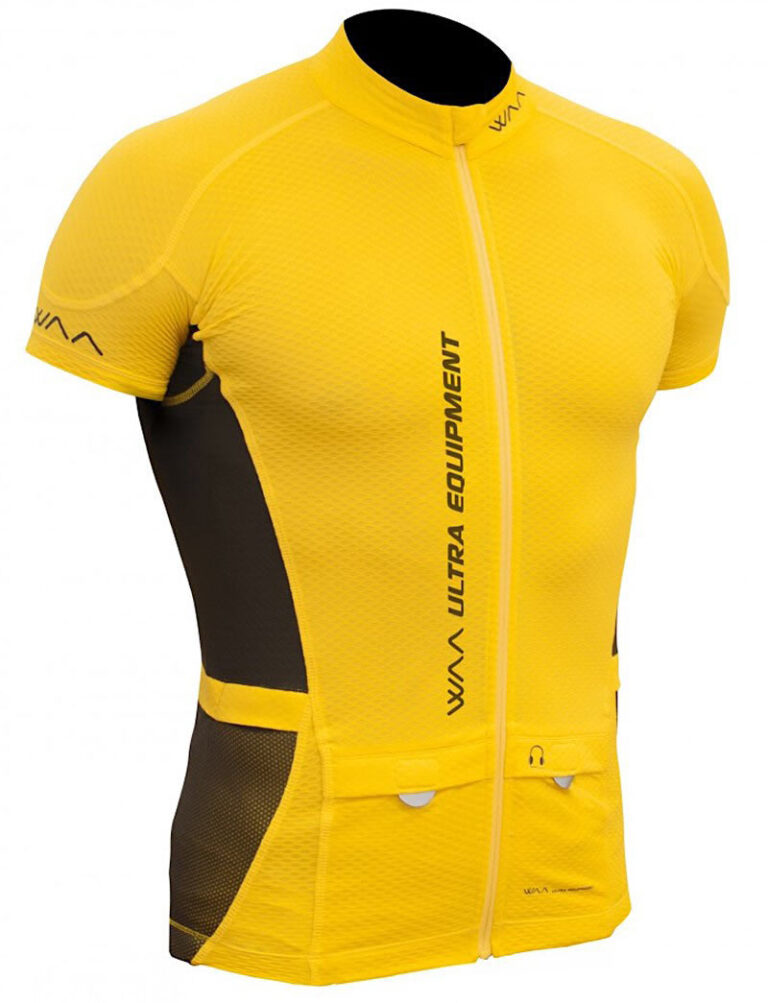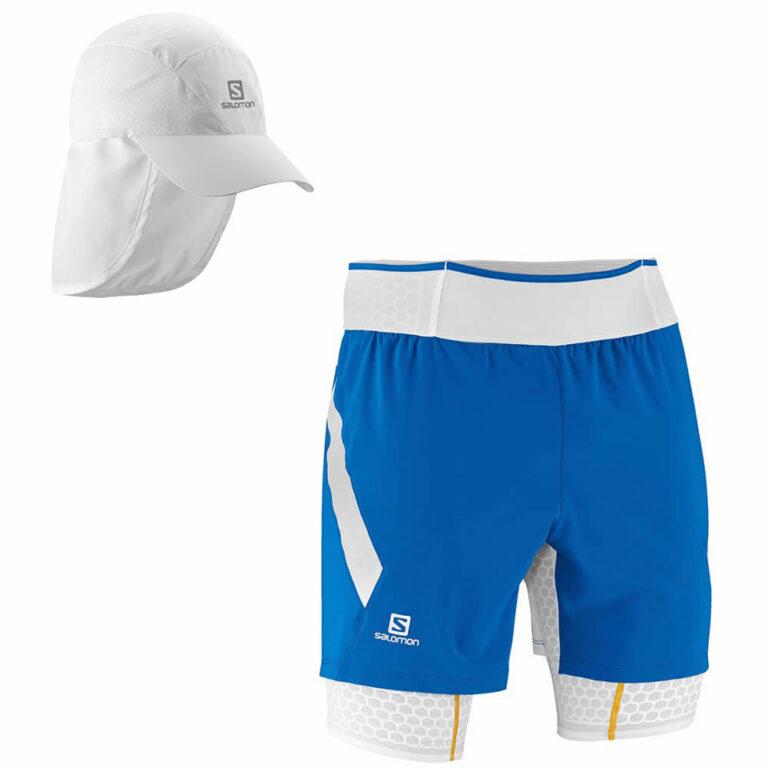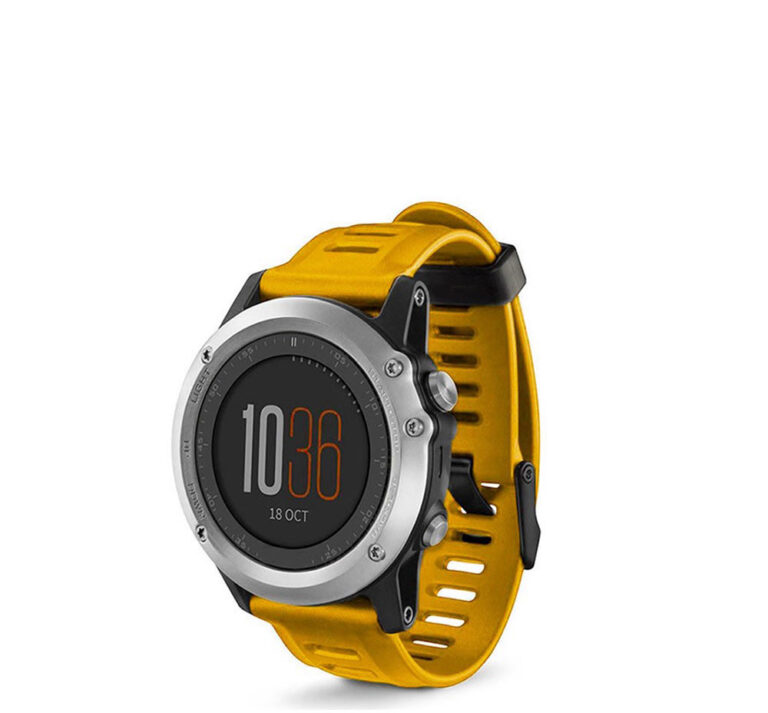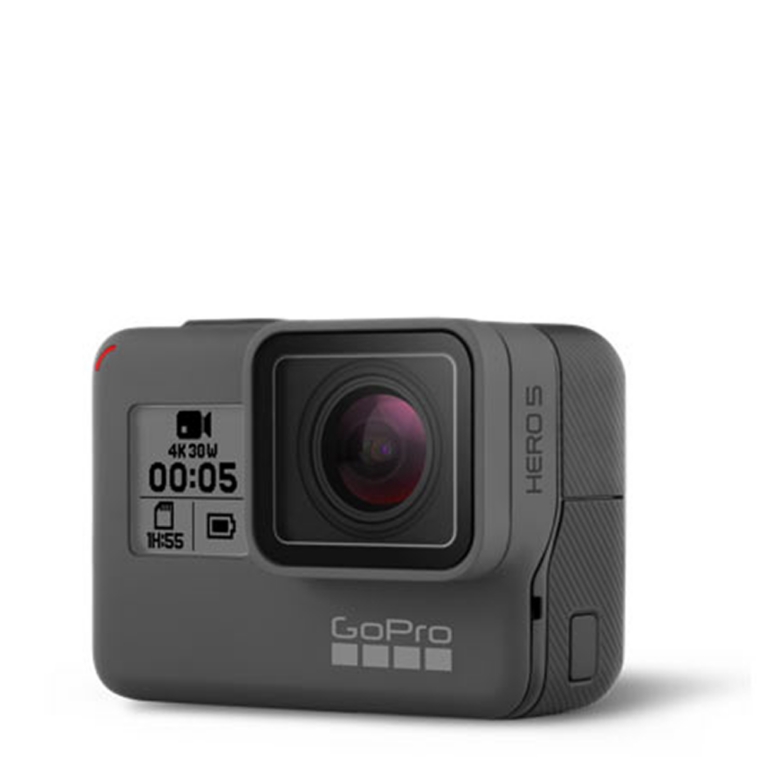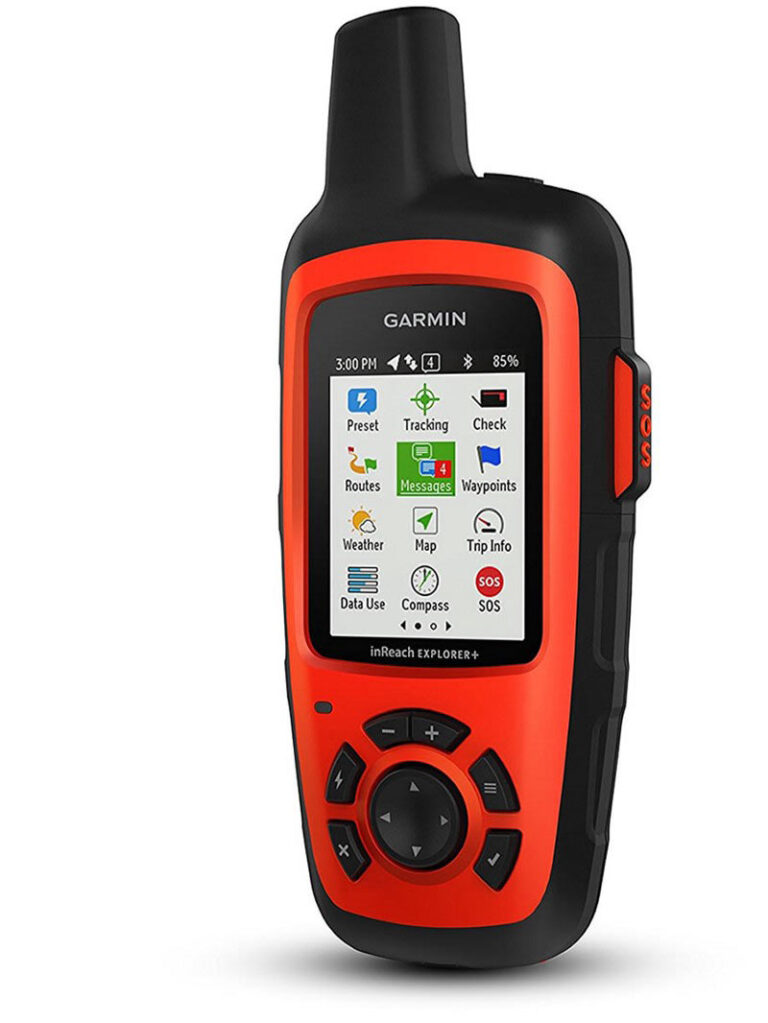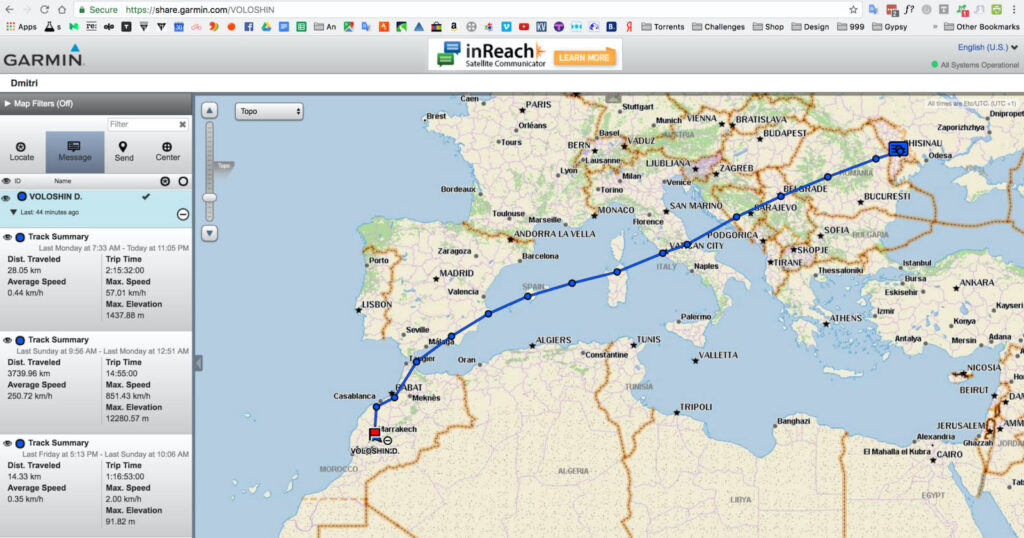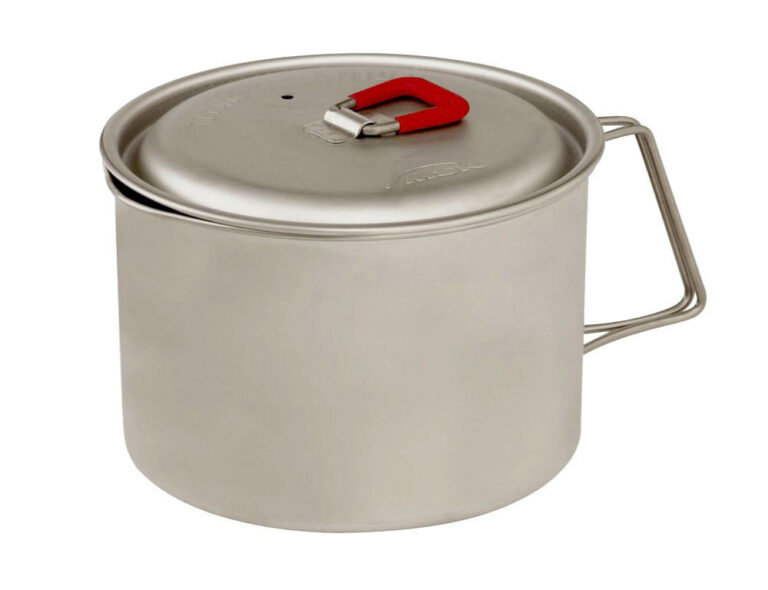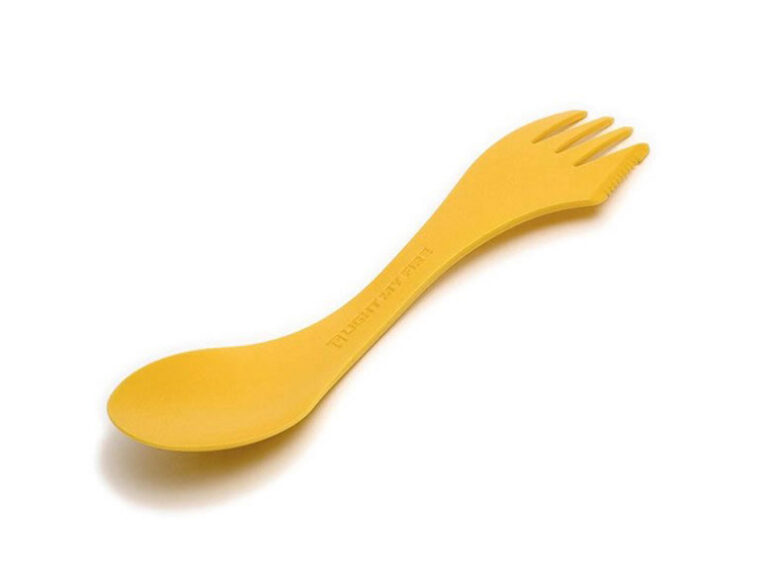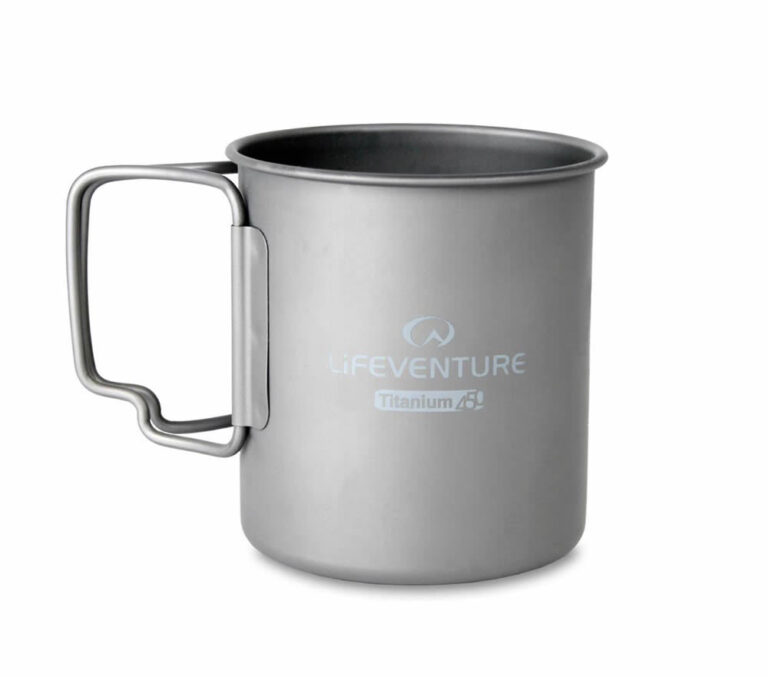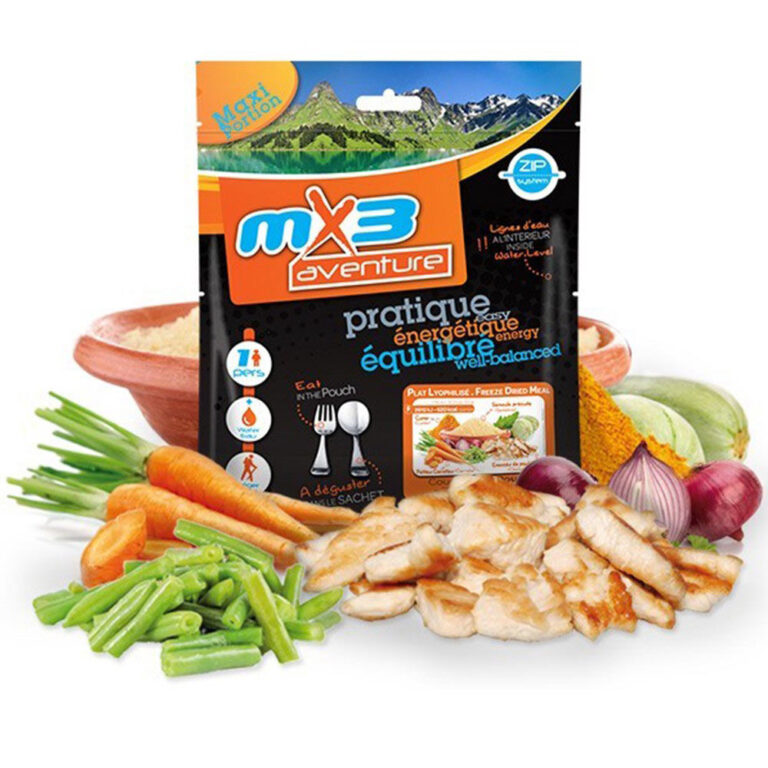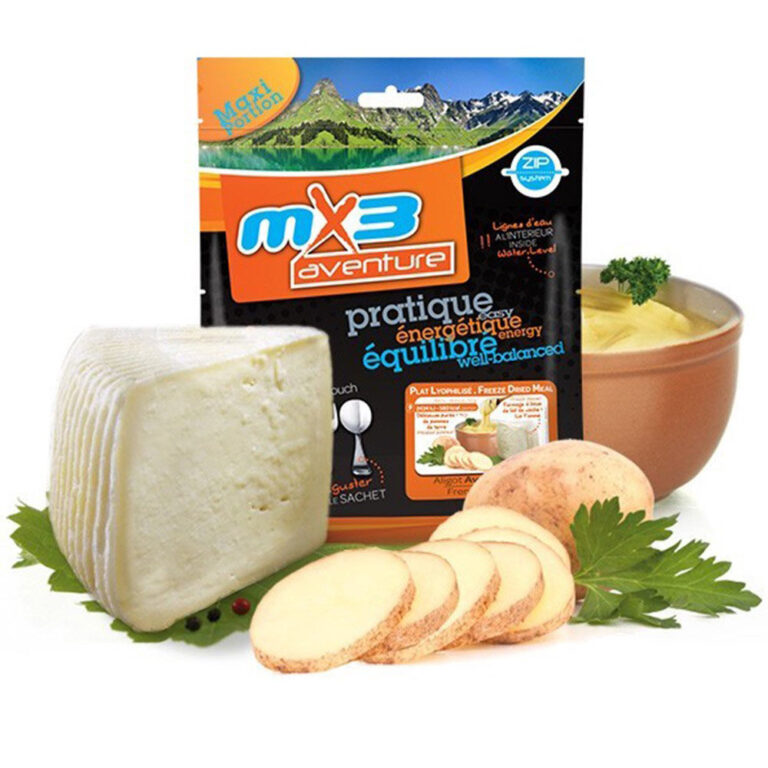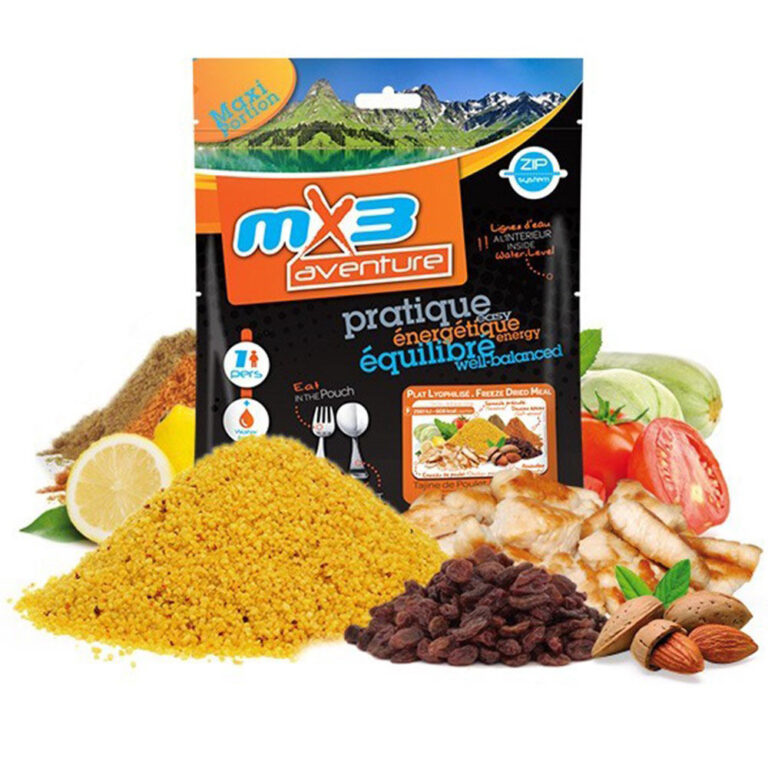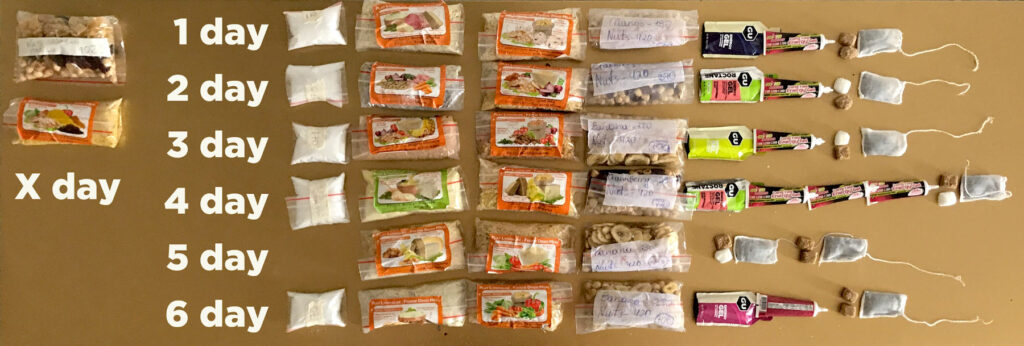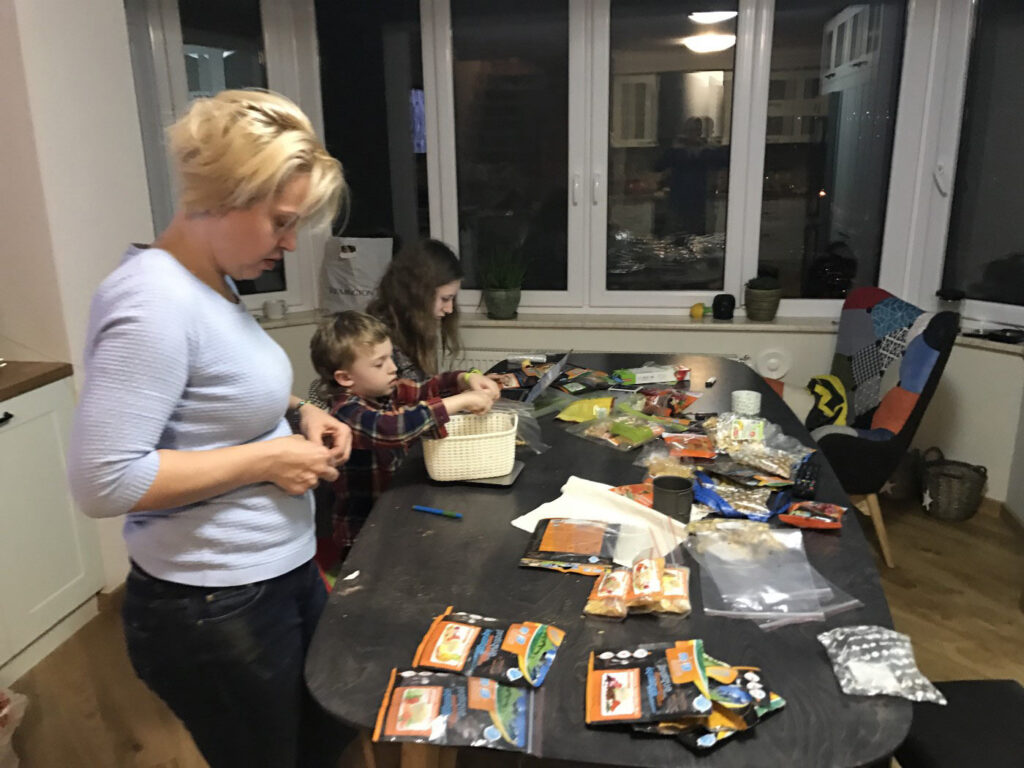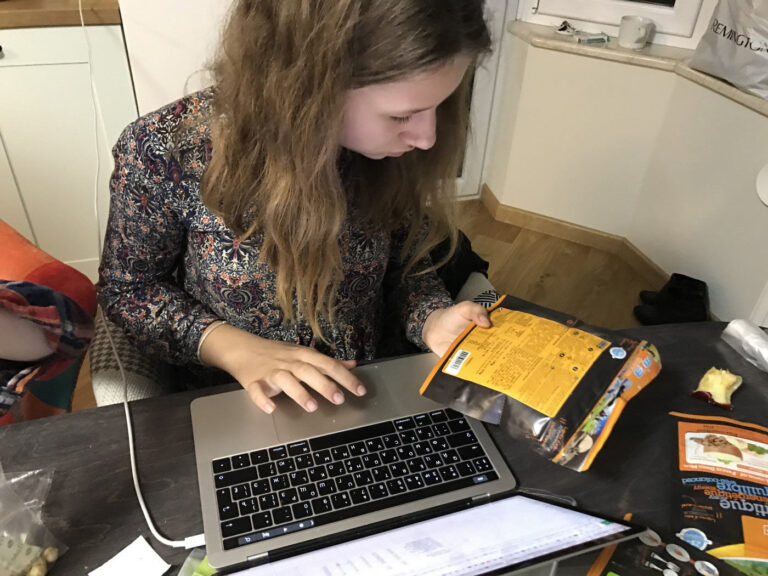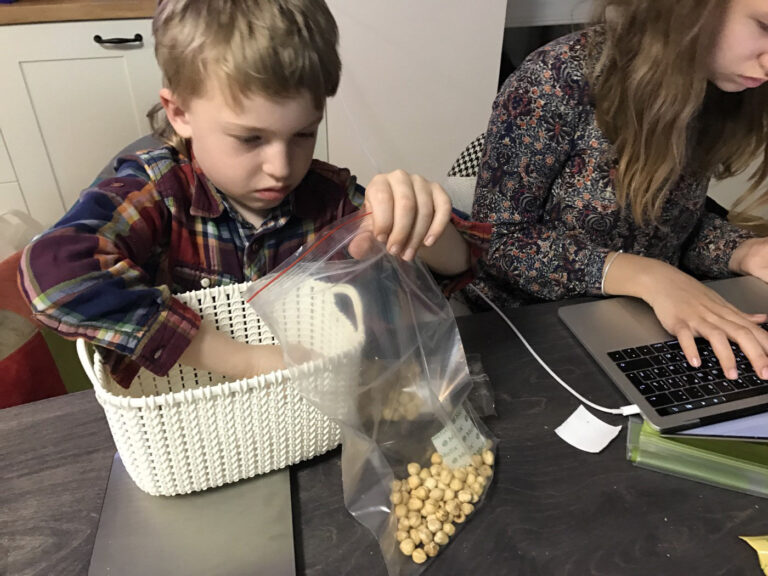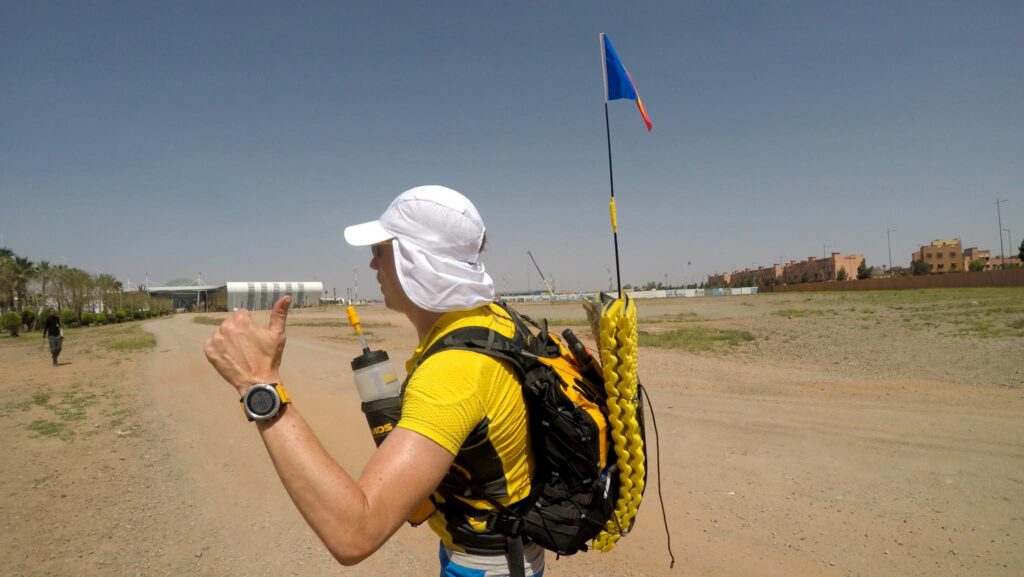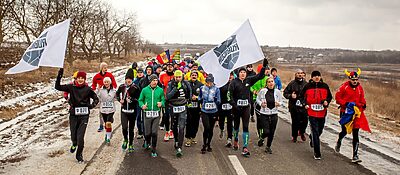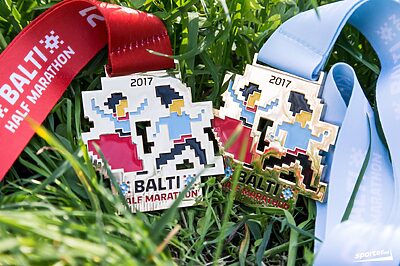When you begin running, you never know where will this bad habit get you. You cannot even imagine it.
If after the first training, where you heroically ran 2 km, you will be told that in four years you will go to Sahara to run there 250 km on sand with a backpack, you will think that they’ve got the wrong person. Because you’re a fat, breathless and stunned of pain in your knees salaryman, who is proud only for going down a hu-u-u-ge water slide in Turkey.
But time goes by, and after the first training goes the second, the tenth… Then you run 5 km, 10, a half marathon, a marathon, Half Ironman, Ironman, Comrades, Otillo, Rubicon… – this unfinished list is common for many racing lovers. And, looking at the ellipsis at the end of this list, you understand that this man was right four years ago. Because the next on the list is the great and terrible…
Marathon des Sables (MDS, «Marathon of the Sands») – a six-day, 250 km Sahara ultramarathon, which is approximately the distance of six regular marathons. MDS is considered to be the toughest endurance contest in the world. And that’s what draws the attention of hundreds of madmen.
– Air temperature reaches + 50°C during the day, and drops to + 5°C at night
– Strong winds and changeable sandstorms
– Participants must carry all their personal belongings and food with them in a backpack, that weighs about 12-13 kg
– The race takes place over sand dunes and rocky terrain with high rocky climbs and descents
– During the day you are given only 12 liters of water
– Almost all runners have their feet bleeding because of heat, sweat and sand.
Isn’t it beautiful? How can people miss This?
Mauro Prosperi, an Italian police officer, knows about the complexity of this race better than anyone. In 1994, he got lost in a sandstorm and was found in Algeria 9 days after. He survived due to an unusual diet, consisting of dead bats, and lost 13 kilos.
Marathon des Sables was the brainchild of a French concert promoter Patrick Bauer. In 1984 he traversed the Sahara desert alone, covering 350 km in 12 days.
The first official start of Marathon des Sables was in 1986 in Morocco. 23 participants came to the finish then.
This year, in 2017, there are almost 1300 participants, and each country has its established quota. Moldova participates in this outrage for the first time, and it seems to me that our quota won’t be exhausted for a long time ????
Many people think that only superhumans or suiciders, or people who do not have enough thrills in their lives run the Sahara marathon. My opinion is that this is primarily a challenge to your idea of normality. If you think this is impossible, you, probably, won’t pass it. But if you believe in yourself, you will crawl. And superhumans have nothing to deal with it.
Anyway, I’m talking very cool about things I haven’t tried yet. Like in that anecdote:
“ – Abraham, have you heard how Caruso sings?
– No, how?
– Not a big deal! But Moisha hummed me yesterday …”
Therefore, enough reasoning, let’s get to the point.
Trainings
The race is quite serious, that’s why the preparation took me more than half a year. Even having some experience, I had to start many things from scratch.
First of all – big distances. I had to learn to run a lot. Approximately 70-80 km every week. During the whole preparation phase I ran about 1500 km. Maybe, for my ultramarathons it’s an entry-level, but it took me three months to teach my brain and legs to deal with such amounts.
Then was the war with my backpack. It’s one thing to run light, and quite another with a 7 km weight on the back. My back hurt at first, but, after regular trainings and special running exercises, GPP and kinetotherapy have borne fruit and my scoliosis now bothers me less.
Speed. I had to learn to run slowly. It’s not as simple as it seems at first sight. Slowly means long, long means hard. The biomechanics of slow running differ from the high-speed ones, that’s why I had to improve my technique. Kind of improved.
Thanks to my coach, Lyonea Shvetsov, for teaching me more than a year and trying to make me a future man. And, of course, Liviu Croitoru – the man who ran thousands of kilometers with me.
Earlier this year we, Sporter, organized the first Rubicon – an ultramarathon-relay throughout Moldova. There I was able to test my sneakers, food and running technique. And, of course, the distance. Frankly speaking, my brain could hardly resist 150 km in two days. People who knew about my plans were joking:
– Dimon, you’ve made yourself a good training before MDS – hundreds of people, hundreds of kilometers, hundreds of thousands of lei ????
Well, what’s the answer to this? I really have a dream about organizing an iconic Moldovan race, like Comrades in RSA or Marathon des Sables in Morocco. And I think we can do it.
What to take with you in desert?
Opinions differ. Some try to cut down on everything and starve, others take as many food and comfortable clothes as possible, and curse then their heavy backpack.
I took months to understand what will I actually need during the race. And now I will tell you about my point of view, but only the race will show if I was right.
In our life there are such important things as family, friends, work, health. People need them as much as the air they breathe, and they won’t survive without them. And the organizers of Sahara marathon think that these indispensable things for a desert runner are:
Backpack, sleeping bag, flashlight + extra batteries, 10 pins, compass, lighter, whistle, knife, disinfection, venom suction, mirror, aluminum blanket, sunscreen, 200 euro, passport, medical certificate, ECG, and food for seven days – 14,000 kcal.
And these are not simple recommendations. Or so, or not at all. That’s the only way things are done here.
List of penalties for non-compliance with these rules:
Absence of AOI medical certificate and / or ECG report at rest – € 200 + 1 hour for each document
Absence of backpack – disqualification
No sleeping bag or compass – 3 hours
Lack of a rocket launcher, a road book, a salt pill, 2,000 calories / day, a rescue blanket made of aluminum – 2 hours
Absence of 10 pins, knife with metal blade, whistle, antiseptic, mirrors, syringe with antidote, flashlight and batteries, check-in card, lighter, sunscreen, 200 € – 1 hour
Non-compliance with the weight of the backpack (from 6.5 kg to 15 kg) – 1 hour
Absence of one of the items of personal equipment – 30 minutes
In short, as people say:
“A rare runner runs to the middle of MDS without a penalty”
Mandatory program. 562 g
You must take with yourself from Chisinau:
compass (24 g) Not to get lost
knife (4 g) To fight off the Berbers
flashlight + 3 batteries (113 g). To run at night
whistle (4 g) To whistle melodies
aluminum blanket (47 g) To keep warm or cool
10 pins (4 g). To attach your number
sunscreen (23 g) To avoid sunburns
mirror (10 g) To sign the helicopter
poison-suck (29 g) To fight the snakes
passport (15 g) To identify the corpse
200 euro (0 g) To take a bath and drink a cup of coffee
flag (50 g) Not to give up
a lighter (11 g) To cook food
disinfection (37 g) To lick your wounds
In addition, at the start you will be given another bunch of goods that you will need to carry:
Road map (42 g) with the route of the race. Issued a day before the start. Why all the secrecy – I don’t know. Satellite tracker SPOT Gen3 (113 g) to see where each runner is Chip (20 g) for fixing the time of each stage. Salt tablets (25 g) to maintain the salt level due to dehydration. Bags for toilet (30 g) to lose some weight in them.
BIB number (10 g) on the chest and back.
Washing. 90 g
The participants of the race usually take with them the following hygienic items:
Soap, wet wipes, toilet paper, antibacterial liquids, dry shampoo, toothbrush, toothpaste, towel.
Well, by my very nature I’m an Ogre, that’s why I like the opportunity to not bath a week.
From this list I will take only toilet paper (90 g).
Sleeping. 645 g
Recently I’ve noticed that my trainings are going well only if I have a good sleep before them. Even if I don’t eat, or I’m not in a great mood, or it’s raining. The most important thing in the recovery is a good sleep. That’s why I want to sleep long and tight in the desert, that’s why I take my sleeping bag, mat and earplugs. Some people also take a pillow, but I’ve decided to cut down 100 grams and to sleep on my backpack.
I’ve picked out this sleeping bag for a long time. There are many ultra-light sleeping bags with cool feather on the market now. And another option is even more interesting: waistcoat + pocket for legs.
Sometimes it happens that I climb the mountains with an inflatable mat. Frankly speaking, they’re not comfortable: squeaky, narrow and it takes a lot of time to inflate and deflate them, plus they’re insecure – one spark and already a hole. That’s why I’ve decided to take a foam sleeping pad. The coolest and the lightest one – Therm-a-Rest Z-Lite (270 g)
To cut down all the excessive weight I’ve decided that my backpack needs to get a circumcision – cut off one-third. Legs can lie on the ground, the important thing is to make it soft for my butt.
Clothing. 2579 g
The most important part here is the backpack. Many things depend on it. Fortunately, I didn’t have to rack my brains for a long time – took the 20 l WAA MDS ULTRABAG (1086 g) More than a half of Marathon des Sables runners run with it. Such a well proven horse. The only thing I did was to cut off useless straps, ropes, hooks and rubber bands. All in all, my backpack has lost 200 gram. Now it weighs a little more than 1 kg.
On the second place go the sneakers. It’s my favourite part – to buy them, run, become sad and give them away. So did I 3 times, before I didn’t figure out the model and size. That’s Hoka Challenger atr 3 (660 g pair).

I took a 1.5 cm bigger size, because everyone knows that the main trouble of all sand marathon runners are corns. They appear at 90% of participants. Their formula is very simple: heat + sweat + friction = corns. And if some sand gets in, you can throw out your legs.
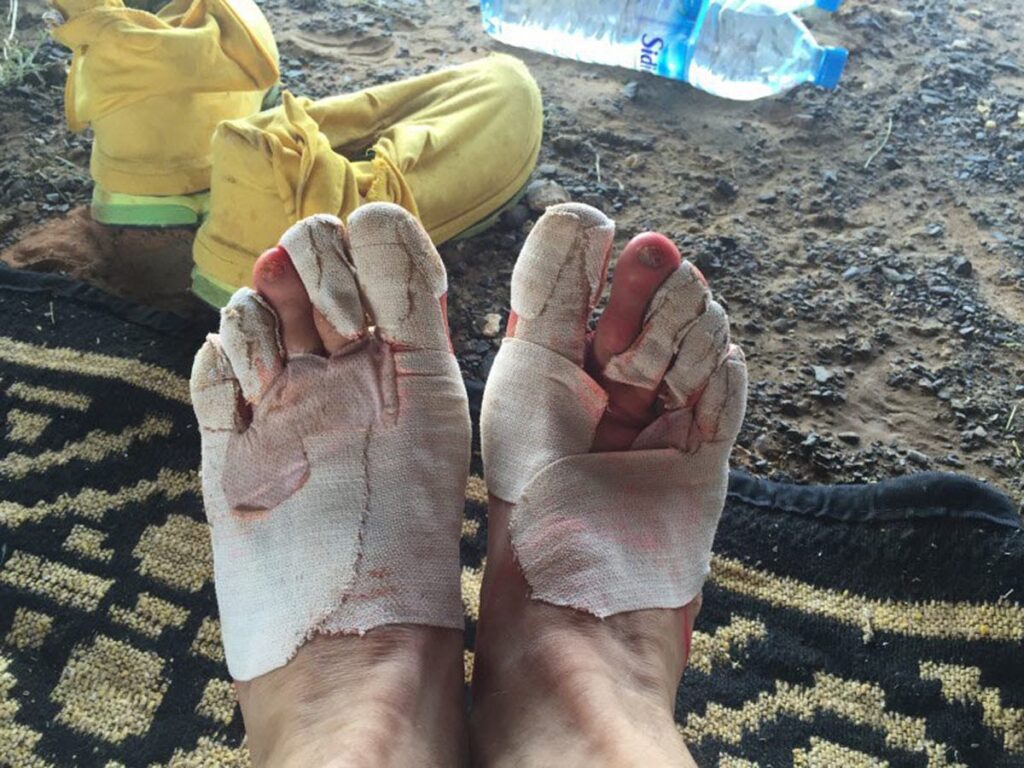
That’s why, in order to keep the sand out of sneakers, people invented gaiters – sort of shoe covers with Velcro. One part of this “hook” is sewn to the sneaker, and the other one to the gaiter. You pull them on and can stay calm – even running ankle-deep in the sand, nothing will get into your sneakers. I picked out RaidLight Desert Gaiters (76 g) – they’re light and don’t chafe.
Socks also have an important role in this process. The fivefingers prevent friction between toes and help keeping your legs safe. I ran the marathon in Injinj (32 g) and they didn’t chafe me. Let’s see what will happen..
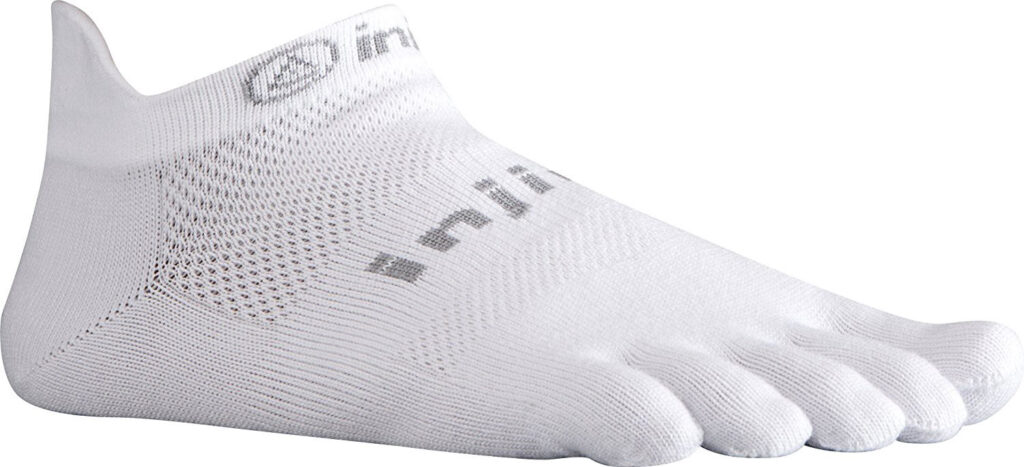
There is an another strange leg skin protection technology – tanning. Yes, legs are being tanned like a leather jacket. One of the lightest recipes is to make foot baths with lemon juice every day a month before the race. The skin gets coarse and immune to chafing. Theoretically. Practically – those 90%. And I suppose that each of them has tried to save his feet.
But I don’t mind getting some corns – it will let me feel the desert better. And to suffer a little, as I like…
On the head a light ushanka-cap Salomon Cap XA+ Cap (95 g) with neck protection from sun. For the same purpose – sunglasses (30 g). On the body – my favourite T-shirt Waa Ultra Carrier Shirt (174 g) and comfortable shorts Salomon S-Lab Exo Twinskin (142 g).
And in my backpack there are also a long sleeve woolen shirt (205 g) to get warm at night, an extra pair of socks (39 g), and weightless slippers (40 g) from the hotel, to walk around the camp.
Healing. 78 g
First aid kit. It doesn’t weigh much but everything depends on it. That’s why I try to consider every possibility. Ridiculous ????
Diarrhea – Loperamid
Pain – Ketanov
Inflammation – Nurofen
Insomnia – Persen
Band-aids – Compeed
Alcohol for disinfection
Taps for the knees
Sunblock
It also includes the mandatory medical certificate from a doctor, who assures the organizers that his patient won’t push up daisies after the first stage. I was always amazed by these doctors who sign such papers. The organizers doubt about the adequacy of doctors too, that’s why they necessarily require an ECG at rest.
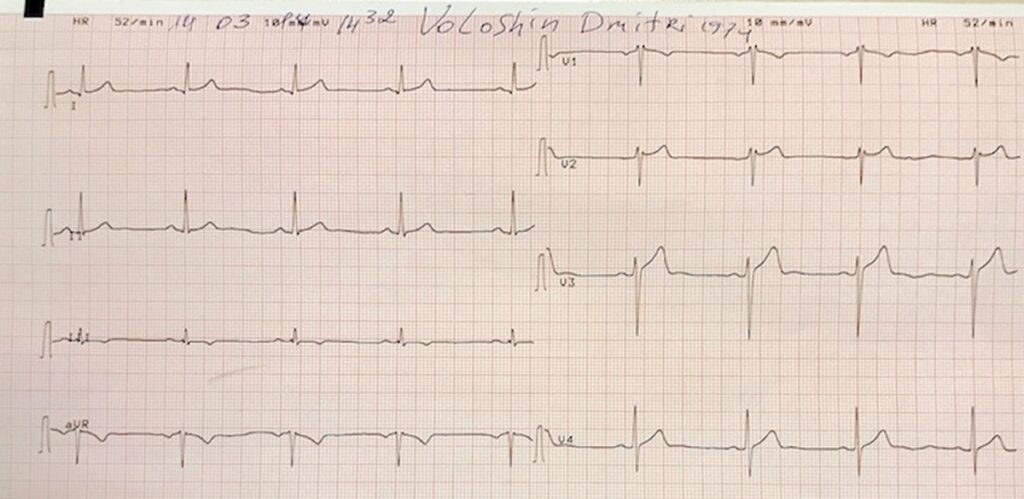
And for old men like me is also required the during exercise one.
Charging. 810 g
And how without devices? After all, I’ve graduated the Polytechnic University and love all these metal things. BUT. These things weigh a lot, that’s why I take only the most important ones.
The mobile phone turned out to be not very important, because there is no service in desert and Iphone turns into a cute toy. It’ll wait for me at the finish. But the Garmin Fenix 3 (82 g) watch will run with me. This six-day execution will be filmed on Gopro HERO 5 Black (117 g). I plan to film in 4K resolution, and all the photos I’ll take from the video.
And, as an experiment, I’ll take the satellite messenger Garmin inReach Explorer®+ (213 g). Now I can communicate with my family and calm down my wife after each stage telling her that I’m still alive. By the way, it will be very pleasant to receive messages from my friends. Got it, friends?
It’s very easy to do: https://share.garmin.com/VOLOSHIN
Here you can see where am I at the moment and message me. By the way, this thing sends my coordinates through space to the server each 10 minutes, and voila! – you can see where exactly am I crawling through desert.
The organizers made something similar for live translations and messages: http://live.marathondessables.com, but I don’t know how it will work, although I should check it.
All these things need to be charged. So I take a solar panel with powerbank SunnyBAG LEAF+ (348 g) with me, and various cables and adaptors (50 g).

Many people take headphones and Ipods. I’m violently opposed to headphones with music, audiobooks, podcasting and other informational noise during running. We’re so overstressed by news, music, social networks, messages, video clips, jokes, memes, calls, notifications, television, radio and other useless things, that one hour a day, during your trainings, you just enjoy the silence and listen to yourself and your body.
– Legs, how are you?
– Fine, commander! Thank you for the new sneakers.
– And you, heart, how are you doing?
– Beating little by little, – answers the heart out of breath – maybe we should take it easier?
– Wait, we’ll run to the hill and take a rest.
Here interferes the brain:
– Listen, you were thinking recently about the medals for triathlon. Here’s your answer: make them black – they will look very original.
– Yeah, great idea, thank you.
– No problem, just ask..
I don’t know about other people, but many ideas came to me during running. The brain is cleansed of all the garbage and it has the possibility to arrange everything on its shelves and give the result. And now imagine a silent week in the desert. I hope 40 hours of running in the desert will cleanse my brains thoroughly.
Jeez, you go for a week in the desert! Enjoy the communication with yourself and the desert. Get some peace, look at the stars, run 250 km, get blisters, starve a while, get overheated, freeze, feel the taste of water, eat a scorpion after all! Stay alone with yourself and turn off this unfamiliar voice in your head.
Cooking. 206 g
Here everything is very simple – you eat what you take with yourself. For “food” preparation I take a small casserole with lid MSR Titan Tea Kettle 850ml (130 g), a titanium mug Lifeventure Titanium Mug 450ml (55 g), spoon-fork (10 g), a lighter (11 g) and… that’s it. Hotplates are forbidden because of high temperatures in the desert.
You can heat the water using two popular ways:
1. Hexamine fuel tablets. Refused this idea, because the experiment showed that you need 6 tablets at a time to make fire. And if I have 12 (2 per day) meals, I’ll need 72 – the weight is way too much, therefore – goodbye.
2. Branches. Here everything is simple. You come to the camp and immediately start looking for sticks and branches, before other runners and berbers find them. Because berbers sell a bunch of firewood for 50 euro. Here’s a risk – your backpack is 300 g lighter, but your food can be cold – the competition for branches is high ???? I’ve decided to take a risk.
3. And the third one is a MDS lifehack: there is an another way to make a fire – heat the water, burning letters written by your friends, that the organizers print on paper and give to you. That’s why I expect many different, meaningful and meaningless letters from everyone on http://live.marathondessables.com. I promise to burn them all.
Total: the weight of my backpack is 3400 g without food and water.
Plus I’ll wear 1300 g on me.
Eating. 3400 g
I can’t find another name for food during the race. Because here taste is not important, only the balance between proteins, carbohydrates, fats and weight. The organizers recommend 14 000 kcal for the race. Not less. More is possible.
Strange thing. Only 2000 kcal per day, and we’re running a marathon every day and burn 4000. But heat? And sand? And backpack? If my elder comrades hadn’t convinced me, I would have taken 4000 per day minimum. But the elders say that 2000 is enough. Very strange.
Half a year ago I began the experiments with freeze dried food – food that has no moisture. Dried powder. Dust. But, if you add water – mmm… it turns into a delicious thing. I’ve tried five different kinds and chose the MX3 – the food is qualitative, sometimes even tasty
The average price is 6 euro for a portion. Bought 20 varieties, tried, during Rubicon chose the most tasty ones and ordered them again.
As Dmitri Erohin, a MDS participant, says:
“The main thing in a race diet is Diversity”
That’s why every day I’ll try two different meals. I’ll fill the gaps between breakfast and dinner with nuts and dried fruits – they are nutritious and don’t take up much space. Plus 50 grams of pure carbohydrates for quick recovery after running every day. And, of course, tea with sugar, to spend the long evenings.
All in all, I take a risk and bring with me exactly 14 000 kcal for 7 days.
And if it wouldn’t be enough, I’ll eat sand and remember my experienced comrades with a kind word.
Continuing the struggle against excessive weight, my family and I transfered all the dried food from tinfoiled heavy packages into cellophane zip bags and sorted the dried fruits by weight.
An economy of 20 g for each = 250 g. Reduced weight and volume is good, but the fact that I’ll need to wash the casserole all the time is not.
Total: all my food weighs 3 500 g. Not bad. On average, 410 kcal per 100 g.
Well, my backpack without water weighs approximately 7 kilos. With water – 8.5. Not very heavy. But ve-e-ery detrimental for comfort. I hope that I won’t be jealous at my resourceful friends.
Backpack is ready, the trainings are completed, the information is digested, the brain is alright, legs too, the family is calmed down, friends are tensed.
Alright, now I go to sleep, and tomorrow we take the bus to the desert.
And about things that will happen to us I’ll write in the second part.
Well, break a leg!
